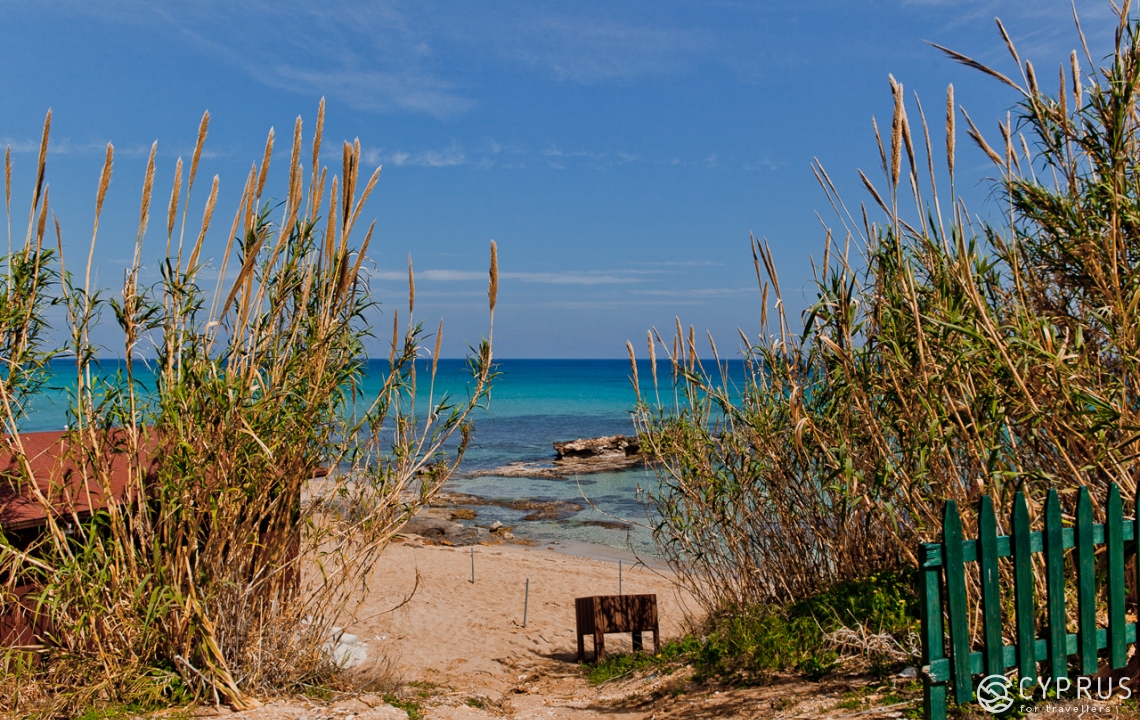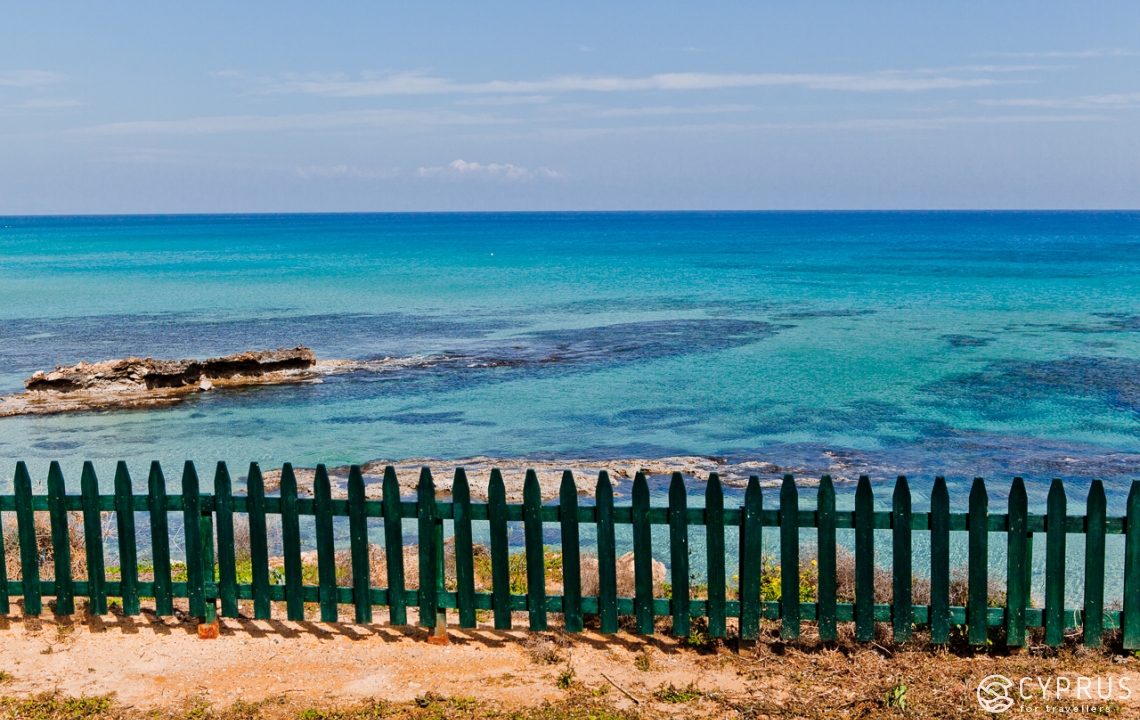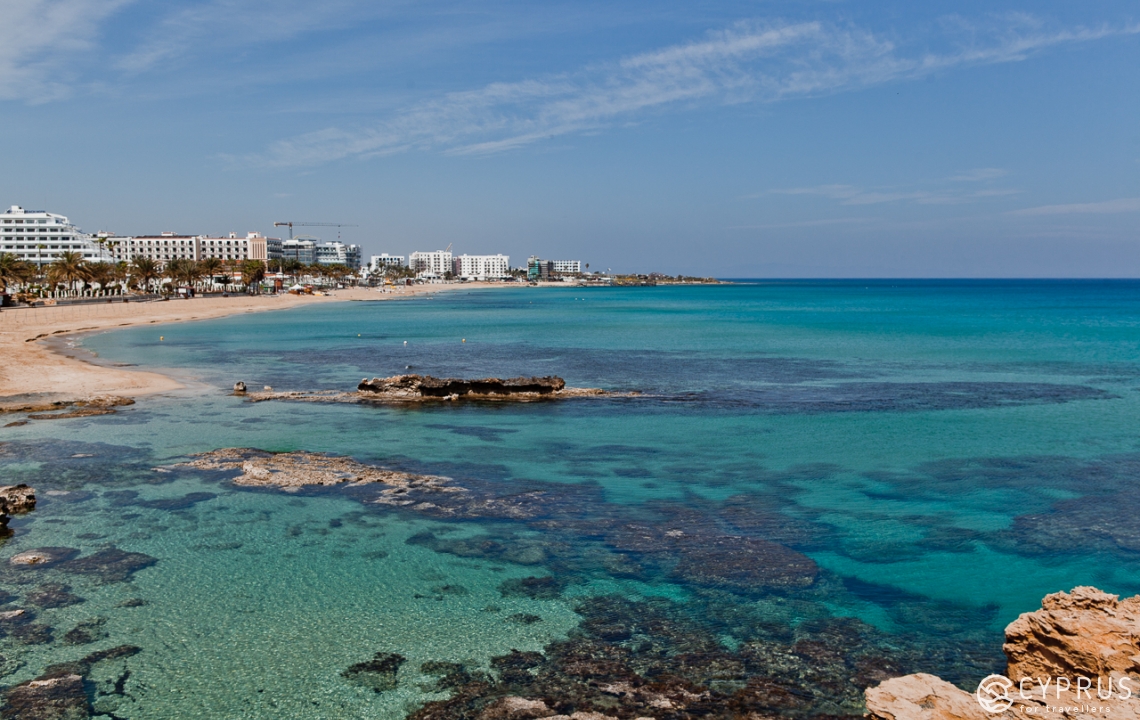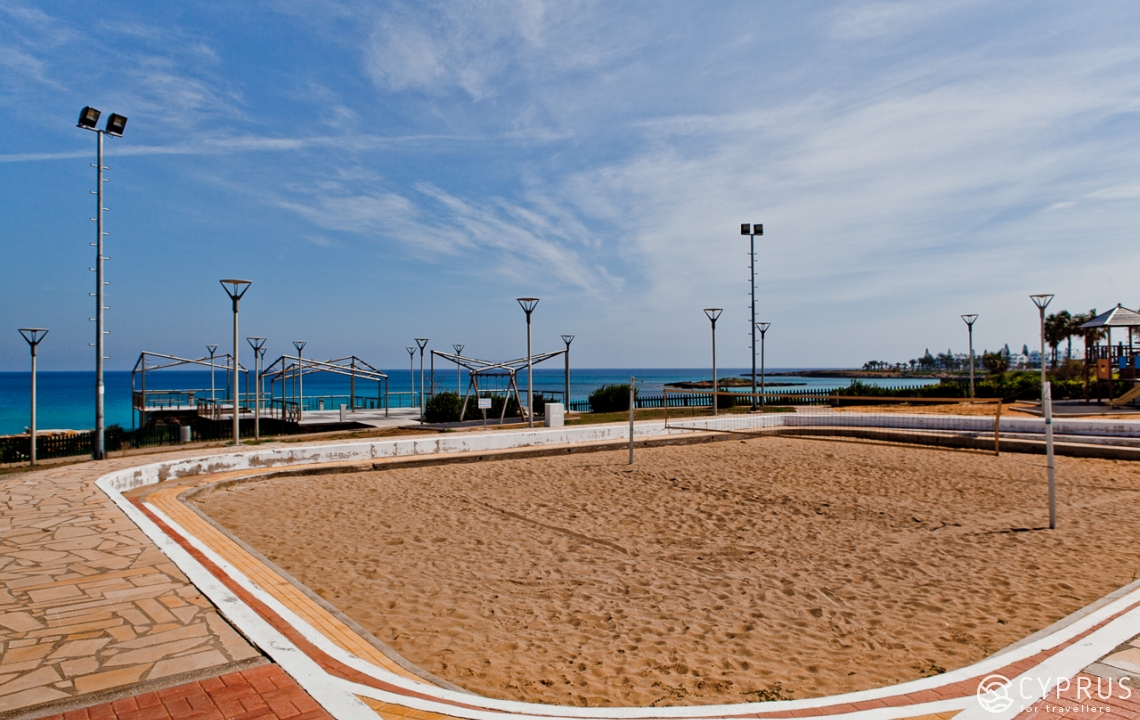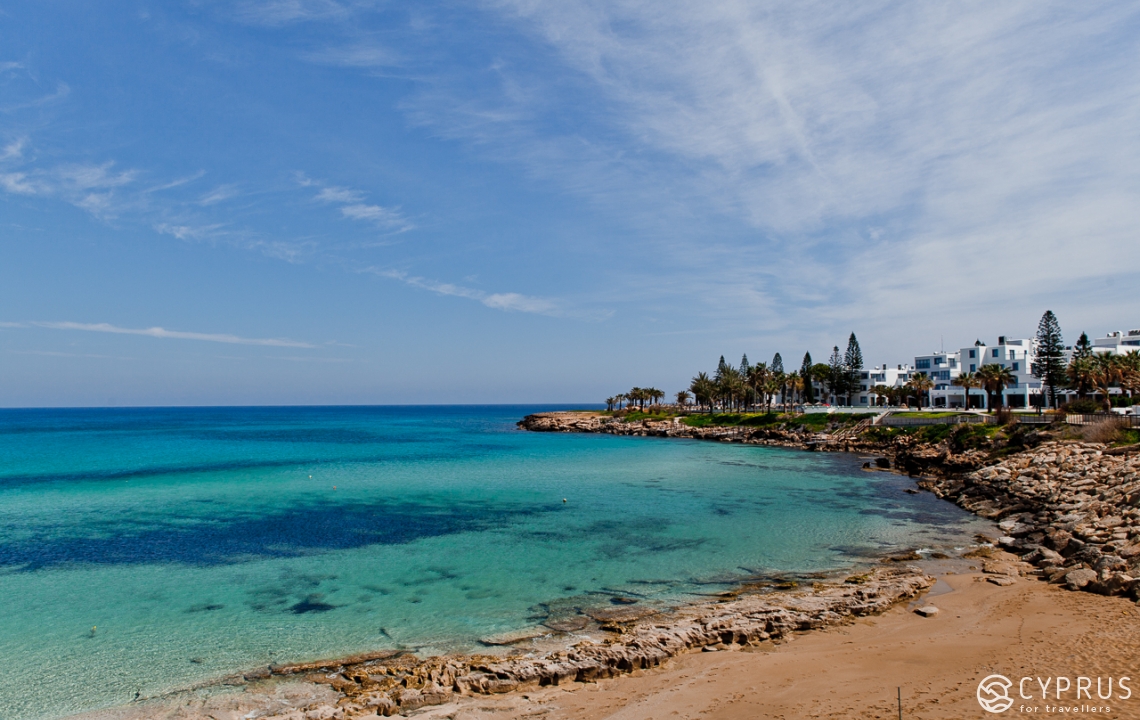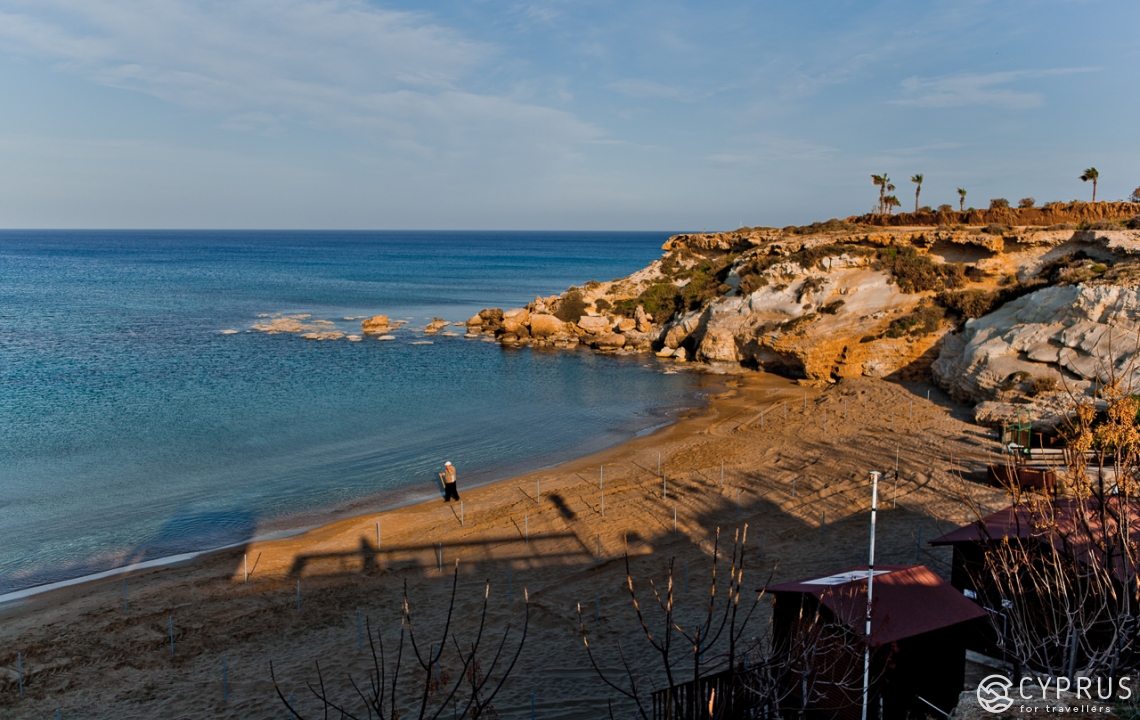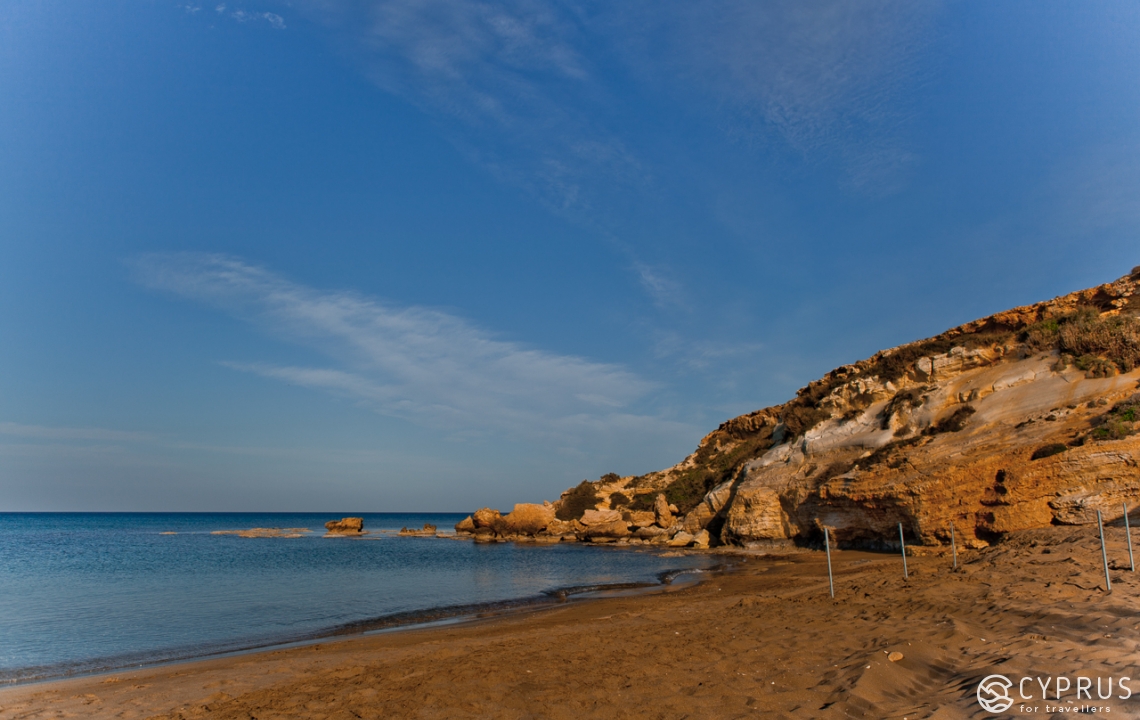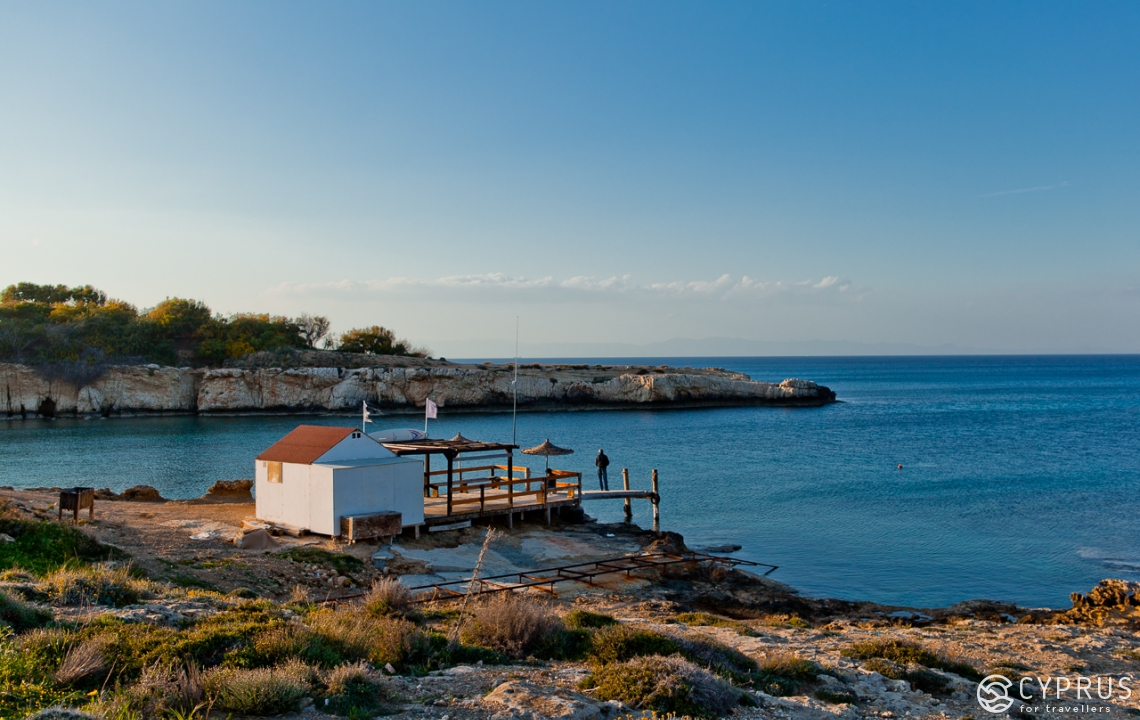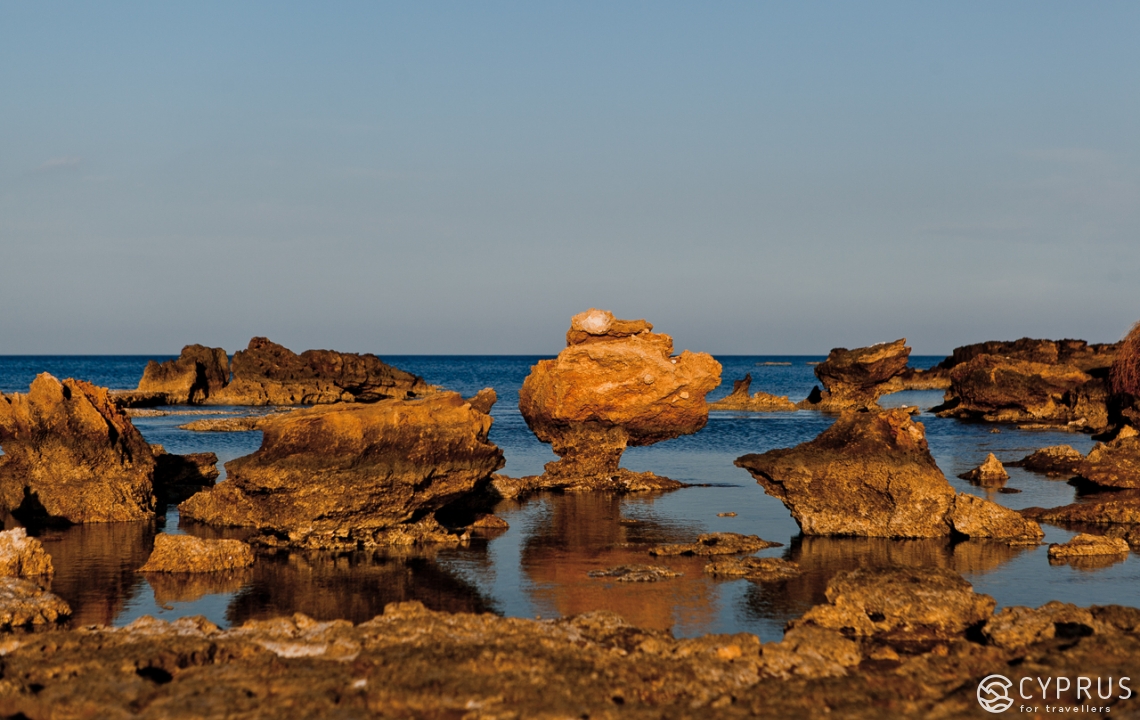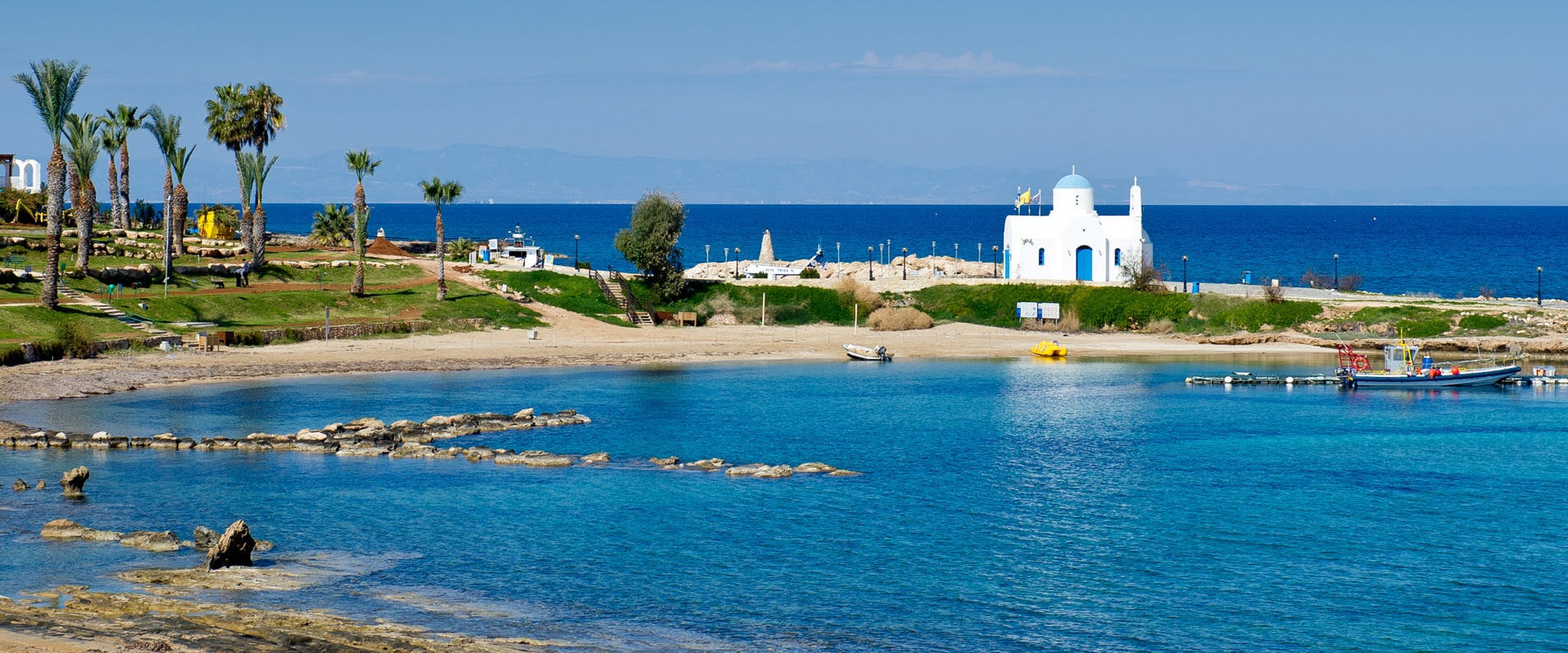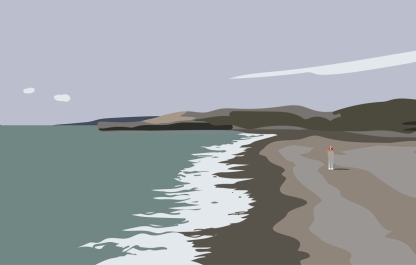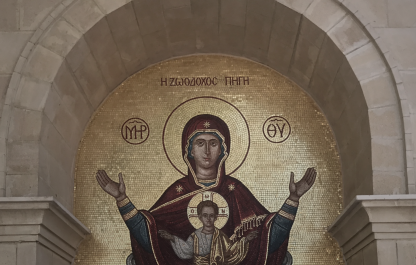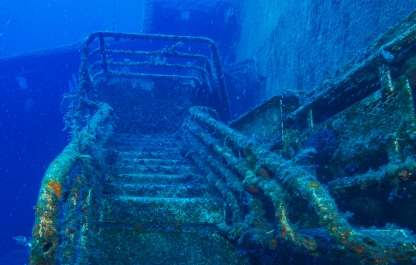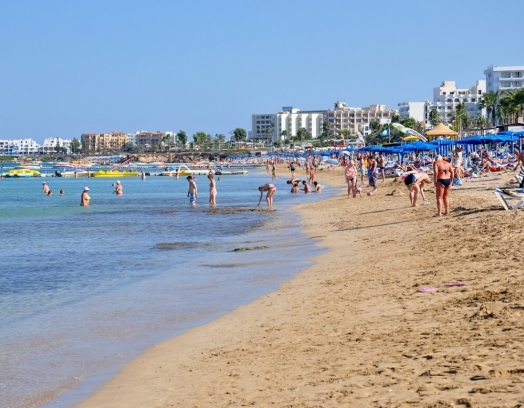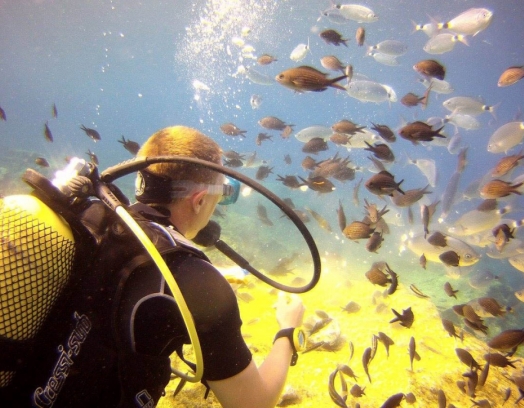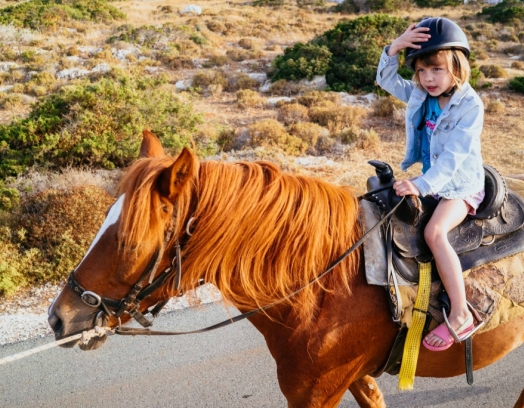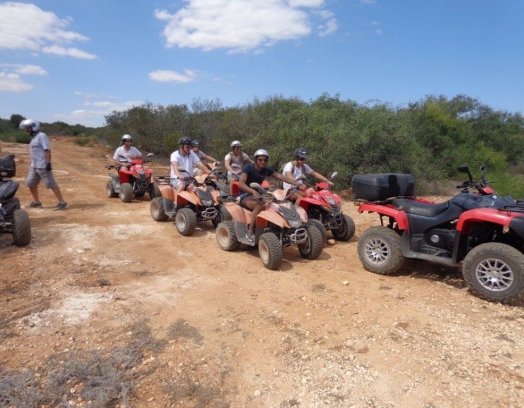Protaras is a well-known tourist hotspot that runs along the eastern coast of Paralimni and stretches 12km from Konnos Bay to the Kapparis district. It has built itself on the back of neighbouring Ayia Napa’s popularity with tourists and become a fairly large (by Cypriot standards), modern resort with large hotels, villas, cottages, restaurants and pubs. However, don’t expect the same booming nightlight you can find in Ayia Napa. In fact, this is what makes Protaras such a family-friendly holiday destination and a top relocation choice among European pensioners.
In this article, we are going to tell you about the most interesting places, sights and legends in and around Protaras and you can choose what piques your interest for your next visit to this town. Our last trip was to Ayia Napa, so we simply decided to logically continue onwards towards Famagusta and the surrounding villages.
Let’s kick off, as always, in the distant past. Back in ancient times, the city state of Lefkolla (Λεύκολλα) was on the site of the modern-day administrative centre of Paralimni in the region around Protaras. The city had a small, sheltered harbour where the Macedonian Demetrius I Poliorcetes (336-283 BC), whose persistence was even admired by Plutarch, once lay in wait for the Egyptian satrap Ptolemy I Soter (formerly a military commander and friend of Alexander the Great) in order to defeat him in the decisive Battle of Salamis. As a result, Ptolemy returned to Egypt, and Cyprus fell into the hands, albeit briefly, of Poliorcetes. The ancient city can be seen in the small amount of preserved ruins and extensive archaeological collections in museums and private collections around the world.
Modern-day Protaras is a well-known resort under the municipal government of Paralimni. Protaras is often called the Land of Windmills as it is home to hundreds of them lending the area a pastoral beauty and instant recognisability, all the while maintaining a nostalgic feel of the past.
What’s more, it is one of the most popular areas for diving with dive sites considered the best both in Cyprus and the Eastern Mediterranean as a whole. For more details, check out the following diving centres on our website: Poseidon, Windmills, Dragon Divers, Just Scuba; and the Undersea Adventure seabed walking centre and much more).
Many guidebooks describe the local beaches as fantastic and rightfully so. The crystal-clear waters along the entire coast with the beaches of fine golden sand mean they have been awarded the prestigious Blue Flag, which rates their cleanliness under the guidelines of the eco-initiative, Greening Cyprus Beaches, which started in 1987. The beaches are judged every year on June 5 and awarded the blue flag if their waters meet the set high standards and are safe for swimming. The most popular beach is in Fig Tree Bay.
Fig Tree Bay
Fig Tree Bay is one of the cleanest beaches in Cyprus. The origins of the bay’s name (in Greek, Παραλία της Συκιάς) lie in the fig tree, which was brought to the island by the Ottoman Turks in the 16th century and continues to grow there to this day.
The small island that peeks out from the shallow waters of the bay serves a dual role: it enhances the outstanding beauty of the area while also acting as a natural breakwater. The beach here is both safe and well-developed with plenty of activities on offer. You can try your hand at all kinds of water sports: water skiing, windsurfing, parasailing, and many more.
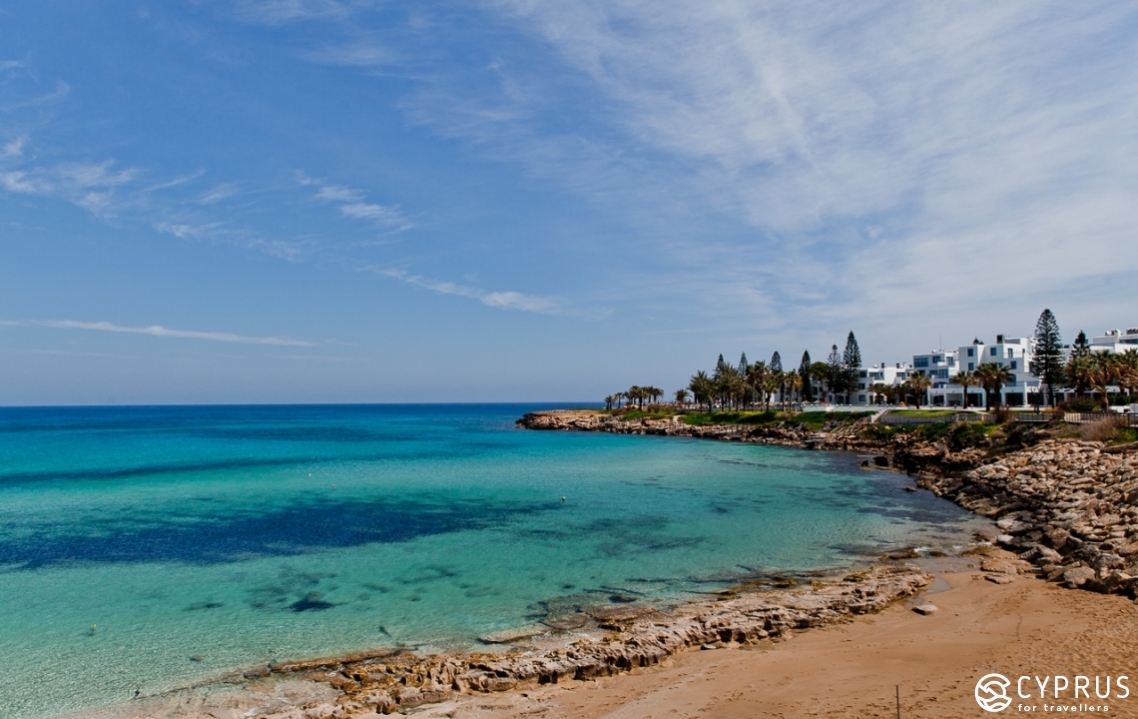
Bear in mind: the beach is open from April through October. This means there are trained personnel on duty daily throughout the holiday season. As on other beaches, this one also has life guards with rescue equipment and first aid facilities. In spring (April – May) and autumn (September – October) they work from 09:00 – 17:00; in summer from 10:00 – 18:00. There is a large, free public car park conveniently located nearby which is open all year round.
Up from the beach, there is a raised esplanade where you can walk and enjoy the sea views, and pop into nearby cafes and restaurants. What’s more, there’s a glass walkway over an open excavation dig site. It’s illuminated in the evenings and you can see the ancient archaeological ruins. Here’s a little more information about it...
A unique archaeological find: the traces of an ancient princess...
In 2010, there was a surprise discovery of the remains of a Hellenistic tomb near Fig Tree Bay during routine repair works.
The find was immediately recognised as a real treasure: it turned out there was a funerary chamber under the streets of the town! What’s more, it had never been discovered by pirates and was thus untouched, which is incredibly rare in Cyprus. It meant experts were able to gain a more accurate picture of the ancient way of life, customs and rituals. There were at least four clay sarcophaguses in the chamber, which were decorated with floral patterns. Alongside them, there were traditional ceramic and glass dishes and utensils, which were often placed in the tomb to accompany the dead into the afterlife.
Immediately after the find, the media picked up on the story and started spreading the idea that the burial chamber belonged to the princess and daughter of King Teucer (once a suiter of Helen of Troy), the founder and ruler of Salamis (the Hellenistic city state 6 km from modern-day Famagusta, on the site that used to be called the Achaeans Coast in ancient times. It was the largest of the known Cypriot city states).
Legend has it that the king (whose brother was Ajax and uncle was the Trojan king Priam) ordered that a burial chamber be built for his daughter Asteria in the place «where the sun meets the sea». She was to be buried alongside a golden throne and chariot (highly sought-after objects for the many «enlightened» adventurers in later years). According to leading Cypriot historians, the area may have further unknown tombs and ancient relics and it seems this legend is based in fact. Despite the fables and legends that live on to this day, the archaeologists and historians that took part in the
excavations were unafraid to also befall the tragic fate of those that discovered other famous historic royal tombs.
This is the story that is passed on and lives on in the lively yet calm resort of Protaras...
The Protaras – Pernera Coastal Promenade
This place is ideal for both walking and cycling as it links several bays and seascapes. It is made of wooden decking and has benches and drinking fountains (as well as anti-vandal lighting in the evening) along the entire route. It is 4 km long: running from Pernera to Fig Tree Bay via Silver Sands beach (along the coast from the Silver Sands Beach Hotel to the Nissiotis Beach restaurant) to Ayia Triada beach and harbour, the picturesque Ayios Nikolaos and Louma Beach. There is free Wi-Fi available along the entire route as well as easy access to all the town beaches for those with disabilities.
This means tourists have the chance to explore the surrounding area as well as independently discover and visit numerous hotspots. It is no wonder that this wide strip of excellent urban beach with all these facilities and well-developed infrastructure (as well as a five-star hotel on the beachfront) was named Silver Sands!
We decided to stop here and explore a little…
Ayios Nikolaos Bay and Church
This is on the outskirts of the tourist destination of Protaras, where, alongside the laid-up yachts and fishing boats, you’ll find the regional marine police HQ. However, the most important thing is the special significance this place has for Protaras and further afield...
All those who worked on or with the sea decided to build a chapel to St. Nicholas, their patron saint. They found an ideal site near the sea overlooking the stunning (just like all of Cyprus’ bays of course) seascape.
The chapel, built in the Greek style, is a snow-white building under a blue dome and faces the sea. Approaching from the sea, walking round the church and its grounds, we found a commemorative plaque (a Token of the longstanding friendship between Russia and Cyprus, put up in 2011 — five years after the commemorative cross near the Church of the All Saints of Cyprus near the Stavrovouni monastery). The sign tells you that 350m from the shore, under the waves of the Mediterranean Sea, 15m deep, there is an underwater monument — a stone memorial cross dedicated to the memory of all lost sailors. This mission was part of the European Roots project (which started in Germany stopping in 13 countries and ending up in Cyprus, the most Eastern point in Europe) and was undertaken by the crew of the Russian sailing cruise ship called Running on the Waves.
It’s worth visiting this special and memorable place which also has a signpost with the exact distance to major world capitals and cities: New York — 8840 km, Rio de Janeiro — 10,370 km, etc. It’s easily accessed from the promenade or from the town.
Address: Pinia Street, 69.
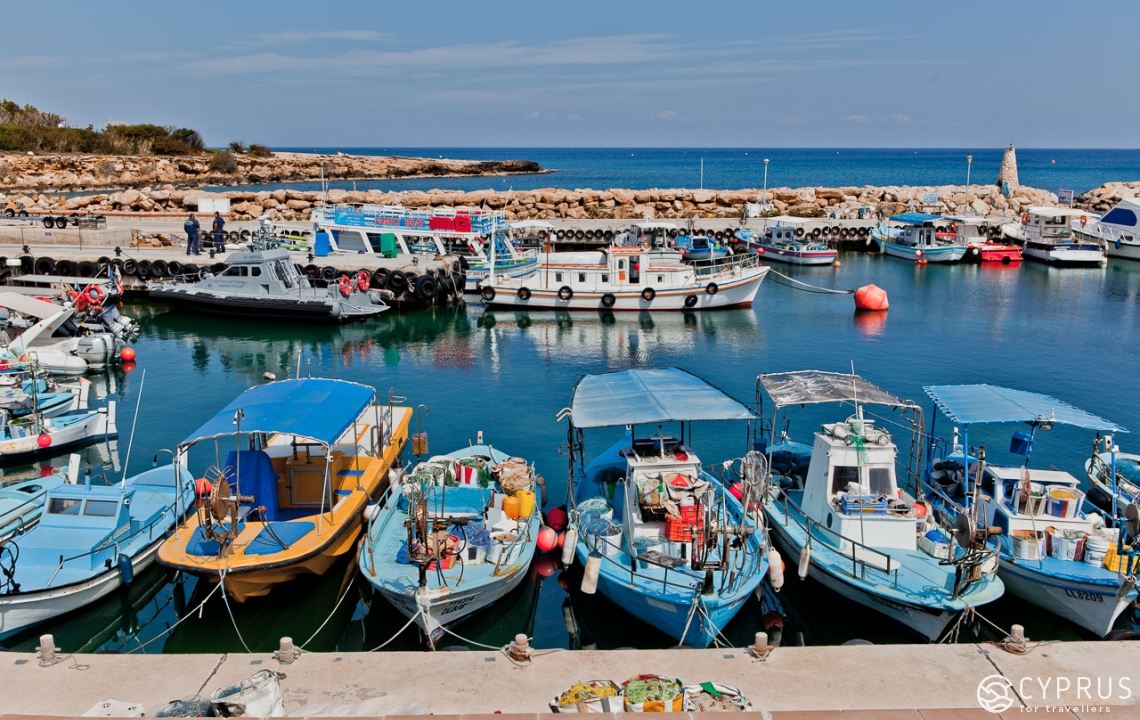
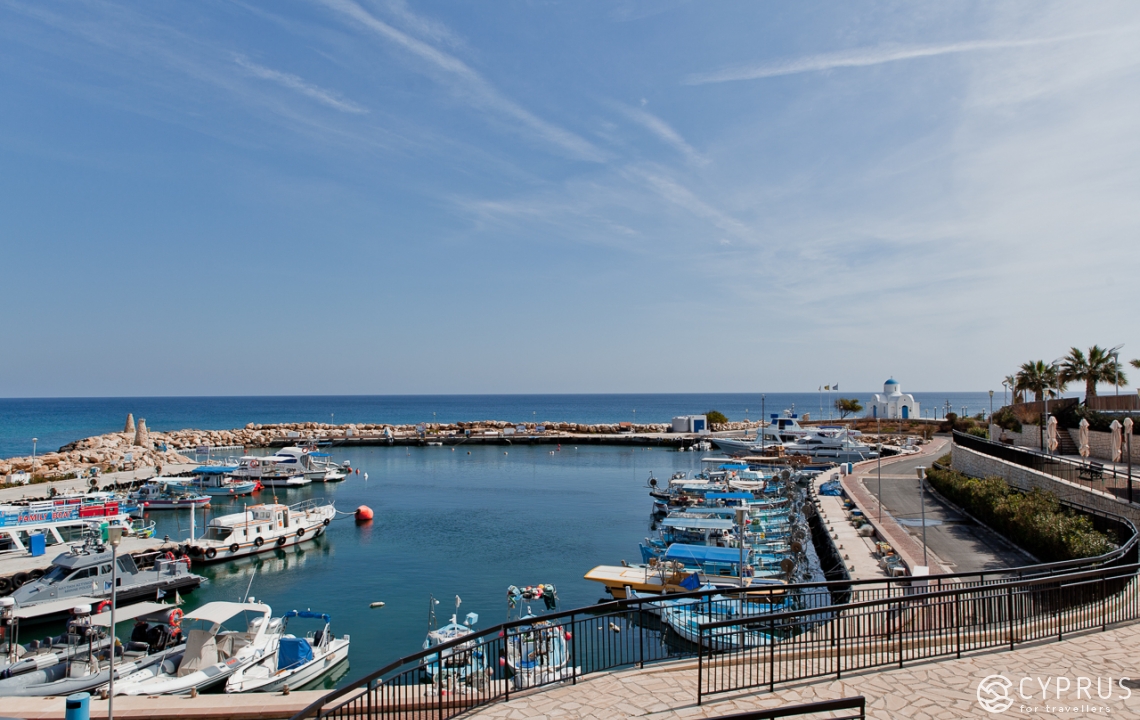
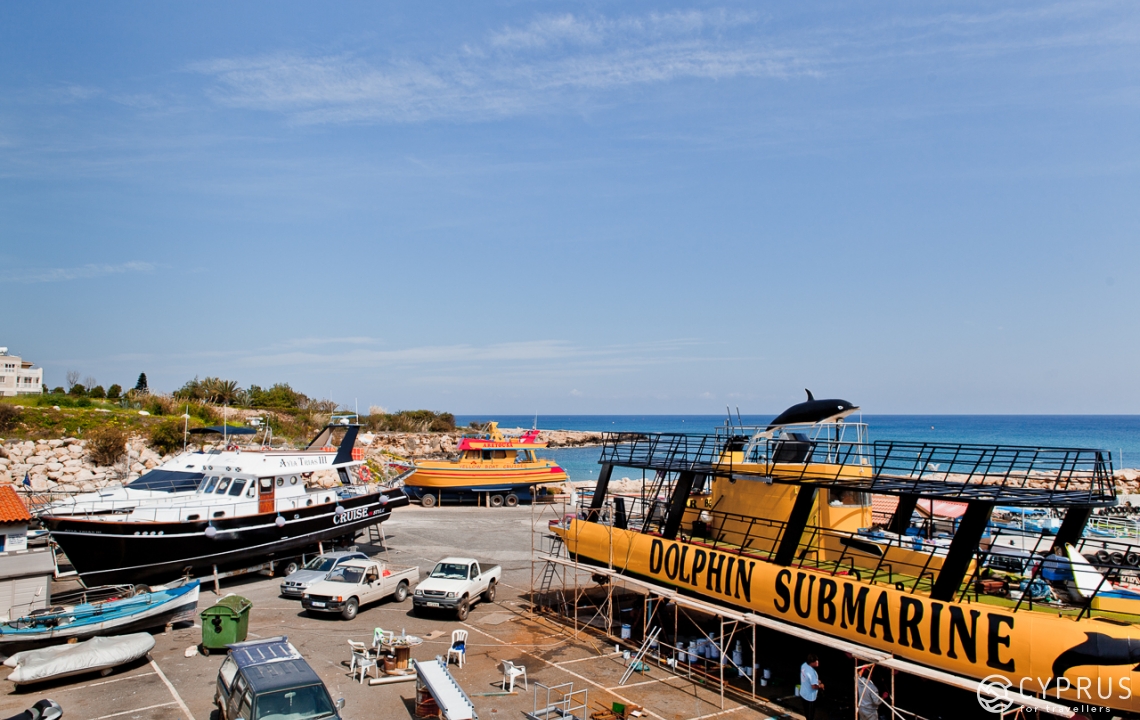
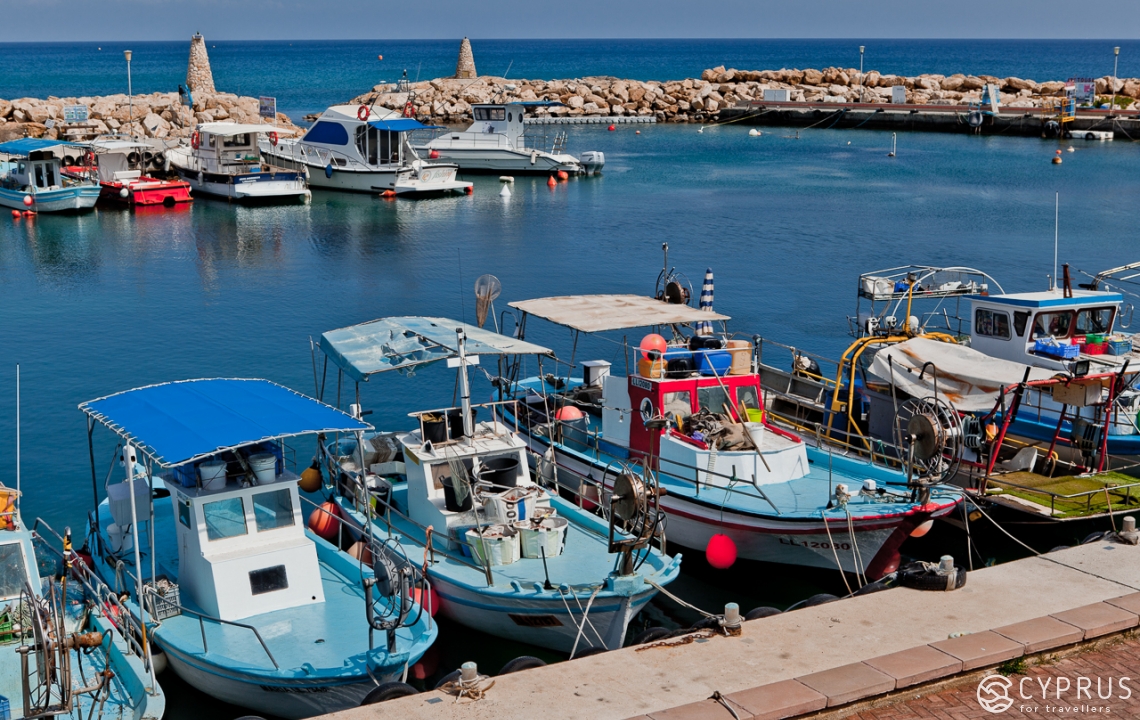
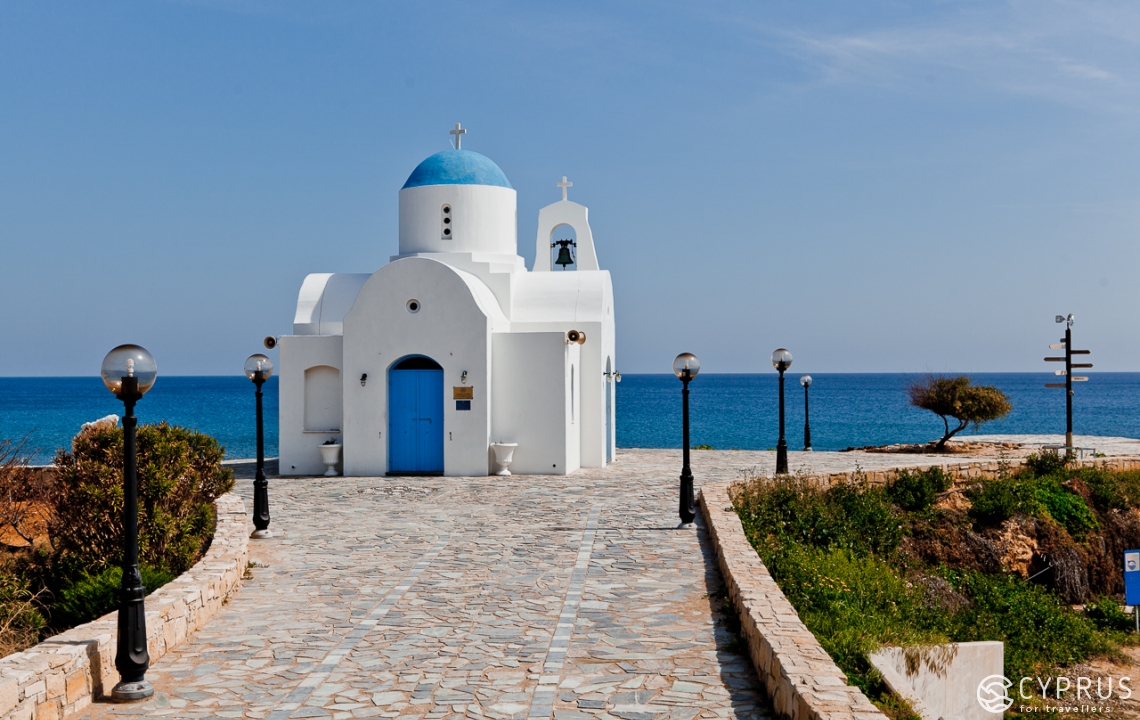
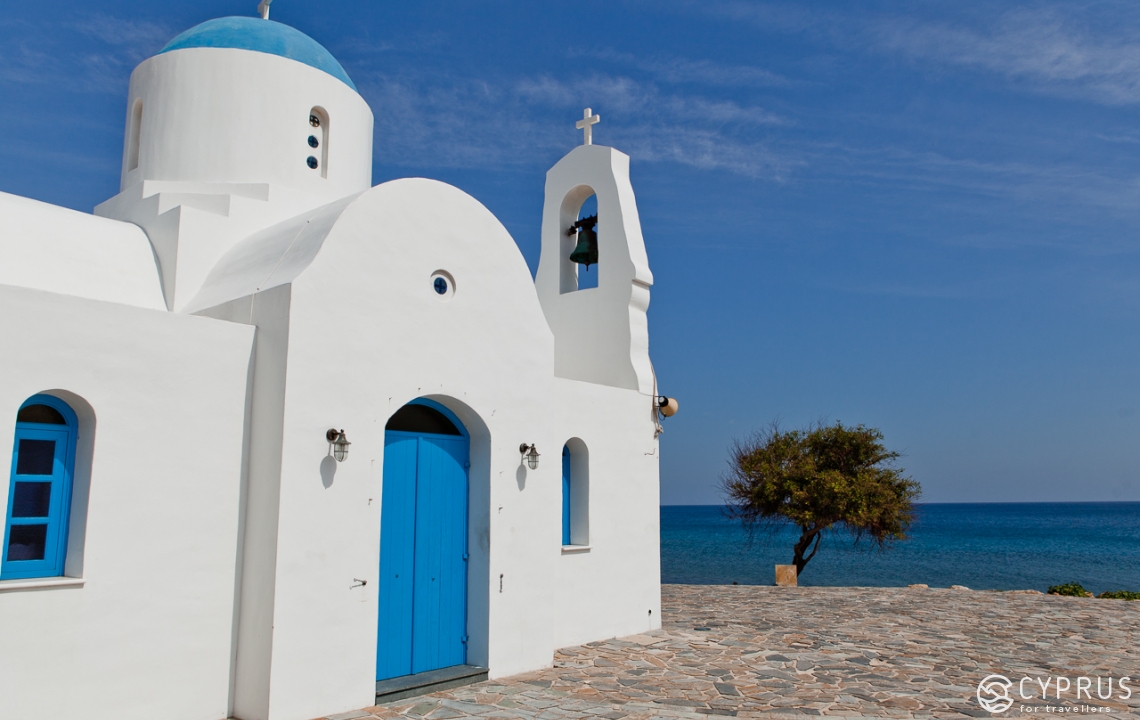
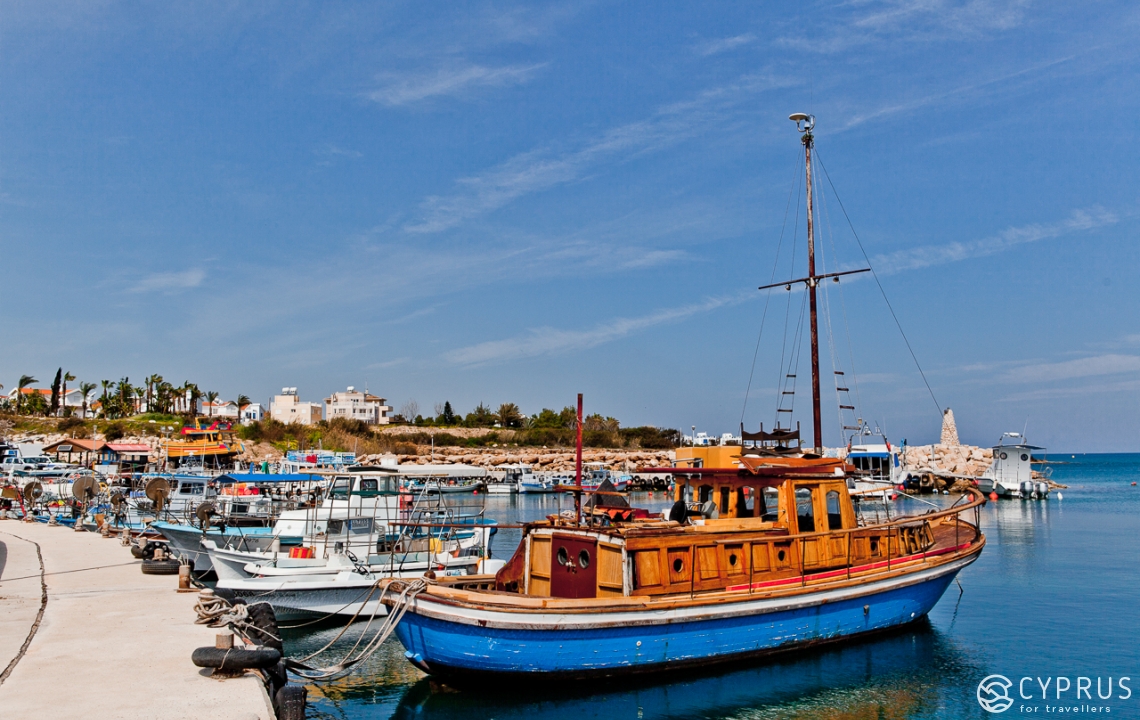
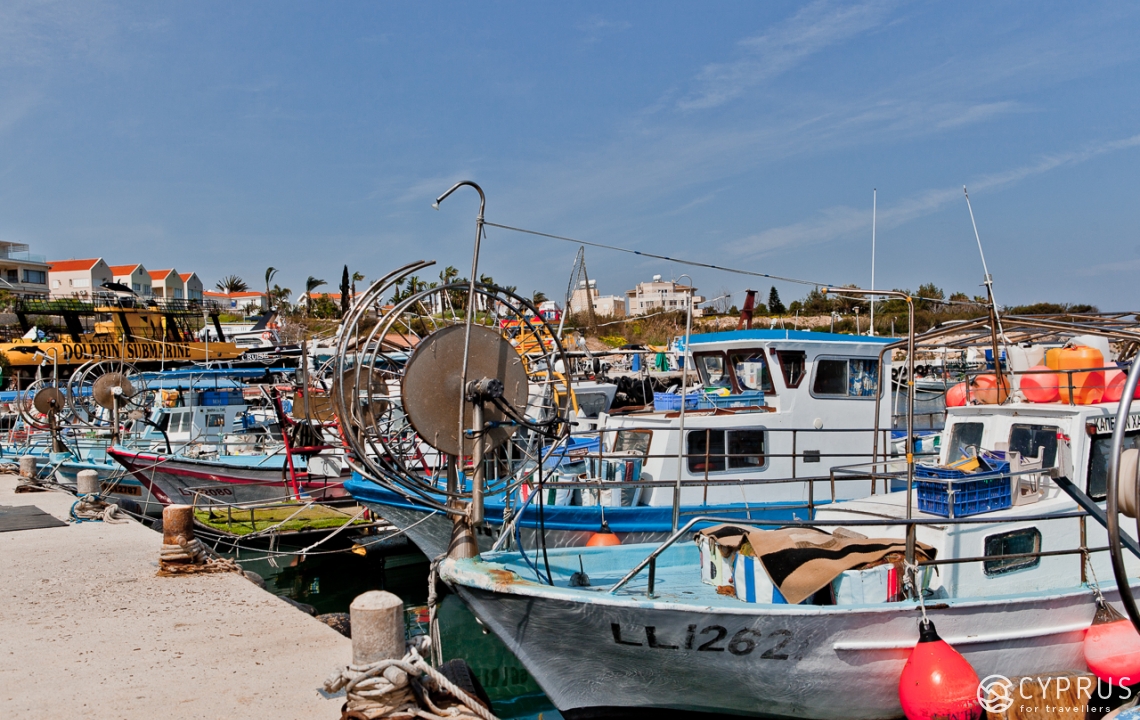
The Dancing Fountains
This is one of Protaras’ special features that is well known even outside of Cyprus. The show is made up of about 20 thousand illuminated water jets that whimsically weave through the air, and soar to heights of 12m as they dance to music. It attracts a huge audience every year. It also involves a laser show.
If you’re a fan of exciting spectacles and buzzing entertainment, then the Tropical Dreams Hotel Apartments or the 3-star Kapetanios Bay Hotel are good choices for you. They have such a good location that guests can enjoy the show from their balconies in the evening for free.
The show takes place at Protara Avenue, 6 (Magic Dancing Waters Square, where Cavo Greco Avenue meets Protara Avenue and Hotels Road).
It has paid admission (the evening’s program can include dinner upon request)
Telephone: +357 99 623143, +357 99 416350
Website: www.magicdancingwaters.com
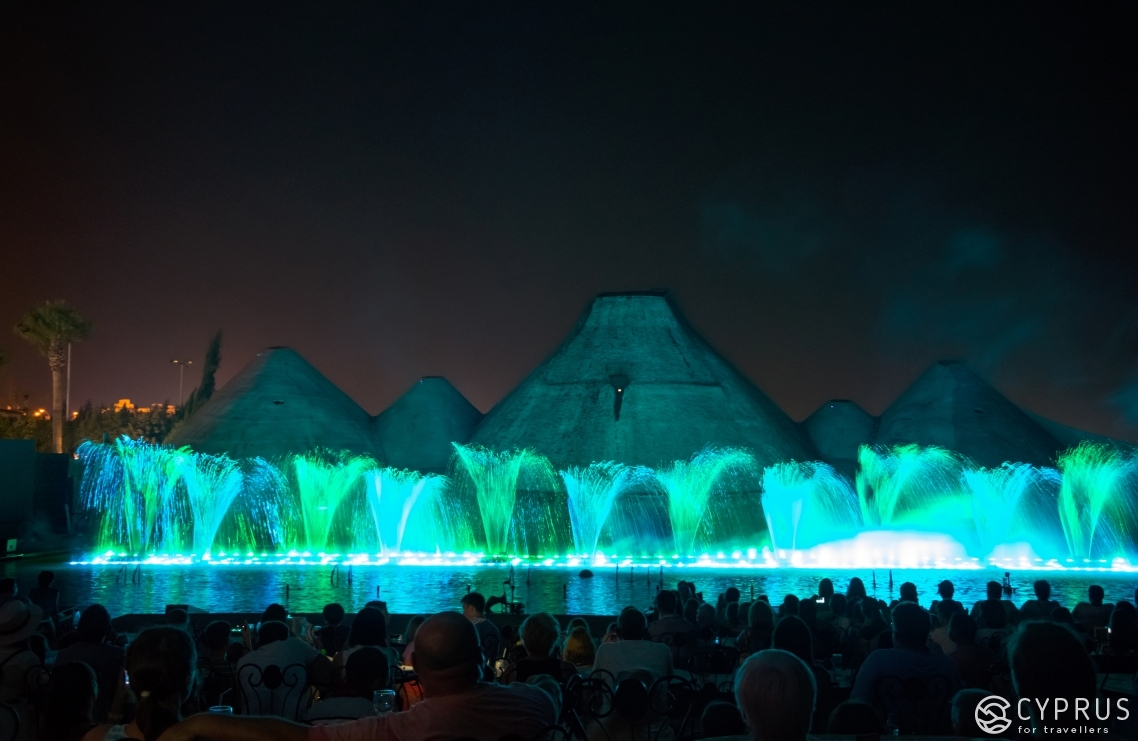
If you travel further inland from the coast and this tourist paradise up into the town and beyond, closer to the hills, you can visit a number of other sights and get up close to the local nature.
Ayios Nikolaos Church
This is a pilgrimage destination named after St. John the Hermit (Agios Ioannis Prodromos) under the jurisdiction of the metropolitan of Constantine and Ammochostos like other churches and chapels in the region. At the entrance, you’ll find its contact details.
There are nature trails leading up to it from the chapel of Profitis Elias towards Konnos; or another — from Agioi Saranta.
The chapel was built in the valley in the early 20th century on the site of its former incarnation out of white brick and stone under a tiled roof — you can’t miss it. Inside, there is a modest iconostasis with four hand-painted icons: the Saviour, the Virgin Mary, John the Baptist and St. Catherine. To the right, there is a mosaic and an icon of St. John executed in the naive provincial style (1979), which was given to the chapel by the family of Yannis Markou Tert.
Near the chapel, there is a very old, sprawling fig tree. To find the chapel, you need to drivee off the main road on to a dirt road through fields between vegetable patches, orchards, and picturesque overgrown stony heaths with bushes and wildflowers. The poppies, forget-me-nots and wild daisies are particularly beautiful at this time of year...
Did you know: Cyprus boasts and incredible biodiversity of wildlife thanks to its varied climate and relief. You can find numerous examples of flora from the Mediterranean and Asia Minor (about 1800 different species of flowering plants) throughout the island. Some of the species are indigenous to Cyprus and can only be found there: 140 species and 20 subspecies have been categorised as such and account for 7.3% of the total wildlife.
7 native flora species are included in the List of 50 protected and rare species of the Mediterranean. The indigenous cyclamen of Cyprus is also the national symbol of the Republic.
So, please, once you’re out of the city and in the heart of nature, don’t pick the flowers to take home just because you like them! Look after nature wherever you are!
You can also leave the car and walk the entire trail, which is an easy way to enjoy the area. In winter and other cool days, you’ll need to be pretty hardy but it’s a chance to see something new and test your endurance at the same time.
How to Get There:
From Ayia Napa: from the city stadium (Stadiou street) drive to the right-hand turn onto Spyrou Kyprianou Street and then look for another right-hand turn onto Phanos street. Next, go to the junction with the signpost, turn right and keep going. Total journey time: 10 minutes.
From Protaras: take the Cavo Greco Road to the crossroads near the Grecian Park Hotel (on the left), turn right onto the E4 and drive to the T-junction from Protaras – Cavo Greco Avenue. Next, turn right, then left (follow signs to the Moonshine Ranch), pass it and continue driving along the E4 dirt road. Total journey time: 10-12 minutes.
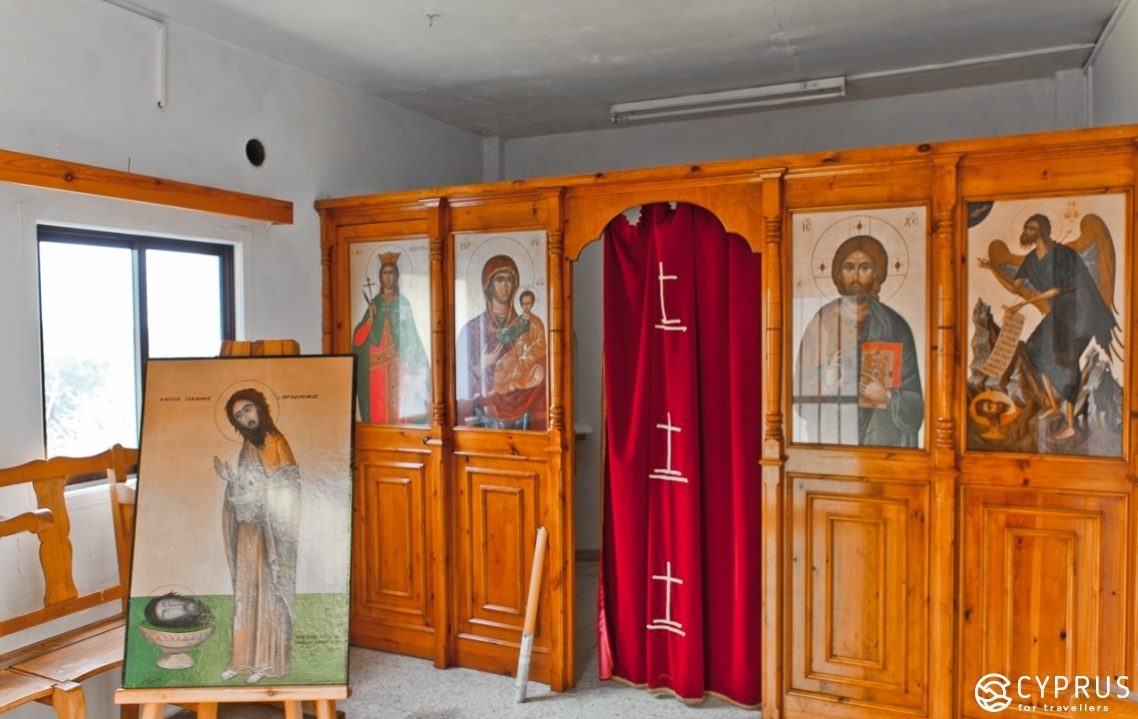
Now we can move on to the Agioi Saranta Chapel. It’s 11 minutes on foot.
Agioi Saranta Chapel
This chapel is on a nature trail about 900m from the chapel of St. John. There is almost no exact information about when this church was built. What is known is that the church’s name in Greek means Forty Saints and is dedicated to the 40 martyrs of Sebaste.
The chapel was built in a cave with 40 stalactites and continues to be a famous pilgrimage destination to this day.
The church has a small dome over the main vault of the cave, which you can see from a distance. The natural entrance to the cave has been filled in with stonework made of limestone with a stone cross adorning the entrance above. There is a door leading inside. The interior is very dark, damp and echo-y: a ghostly light streams in from under the dome from up on high, swarms of insects buzz around, and water can be heard dripping. There are icons on the stone ledges and niches. At the entrance, there is an icon depicting the Forty Martyrs of Sebaste.
Legend has it that, at the order of the Roman Licinia, a guard of Aglaius and thirty-nine Orthodox warriors were tortured on a lake near the town of Sebaste (Sebastia) in Cilicia, in Armenia Minor, which is now part of Turkey.
They are the embodiment of spiritual tenacity, abiding faith and the model of masculinity. Believers stand before the icon and pray for moral support and spiritual edification in their life. The Feast Day of the 40 martyrs is celebrated on March 22.
There are stunning views of Protaras and Pernera from the hill where the church stands all year round. On clear days, those lucky enough to have powerful binoculars can look out over Varosha, Cyprus’ old abandoned tourist area.
A short break sitting on a bench surrounded by the rocky, desert-like landscape will help you gather your strength for the next foot march... to the final stop on our journey. It takes about half an hour on foot but if you decide to drive, it only takes 5-7 minutes along the E330 dirt road. So, here we are...
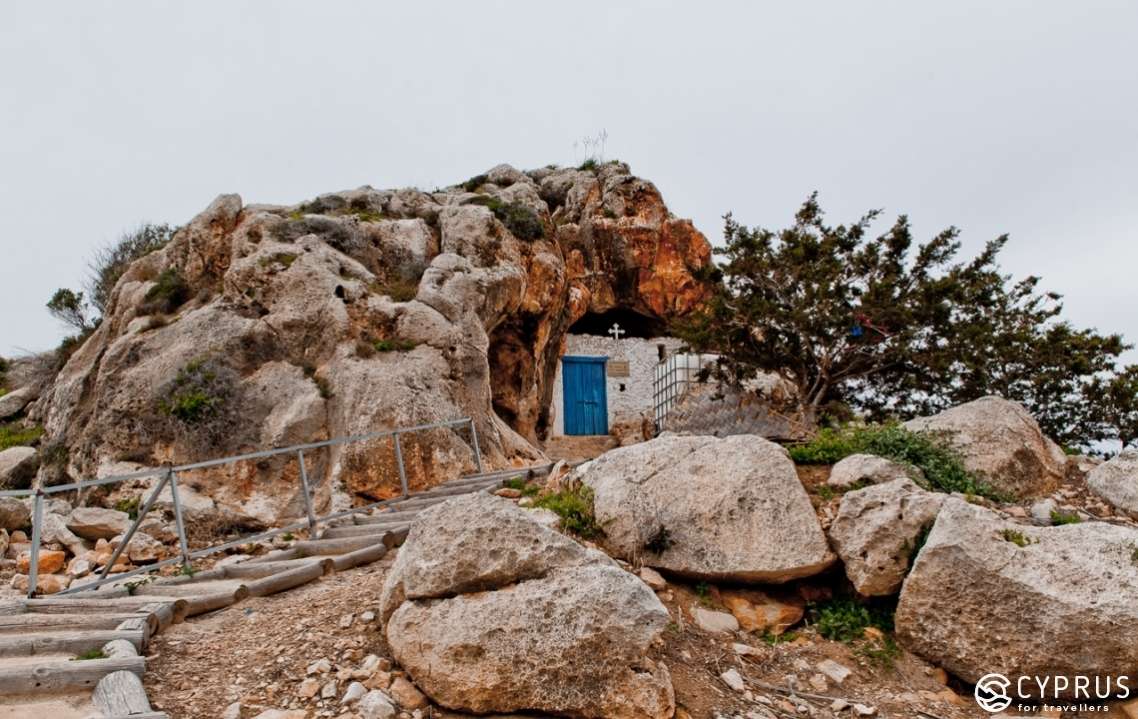
The Church of Profitis Elias (the Prophet Elijah)
This Byzantine-style church was built on the granite cliff in 1984 on the site of an old 14th century chapel 100m above sea level. It has a bell tower. The small church seems to soar up in the skies above Protaras. This is explained by the old tradition where all churches named after the Prophet Elijah were built on elevated land.
Near the church, you’ll find the Wishing Tree: it was believed that if you tie a ribbon on its branches and make a wish, it will come true. However, after a while, all trees slowly transformed into wishing trees for gullible tourists and now all the surrounding trees and shrubs are now bent double under the weight of ribbons and other items tied on their branches... as it happens, local council workers occasionally cut off the branches with ribbons so it’s probably not worth blindly following any old legends and destroying the local flora.
You can reach the church via a rather steep stone staircase with 160 steps (I personally counted them as I climbed as information varies! — E.K-T). From the clifftop, there are stunning views of Protaras and the surrounding area that lift the spirit of believers and, indeed, of other visitors. You can observe how Protaras is working hard to prepare for the next new holiday season and even get a clear look at Famagusta and its Varosha quarter.
At the foot of the cliff there is a car park and a cafe, one of many in the neighbourhood. Behind the church grounds, you can find a path winding its way down from the clifftop between the rocks into the valley. It’s a great photo opportunity and an interesting chance to just explore a little more. incidentally, there are plenty houses up for rent or even for sale in the area.
How to get there: the church is above the main Protaras – Cavo Greco road, along Akefalou street (turn at KFC). It’s not far from the centre.
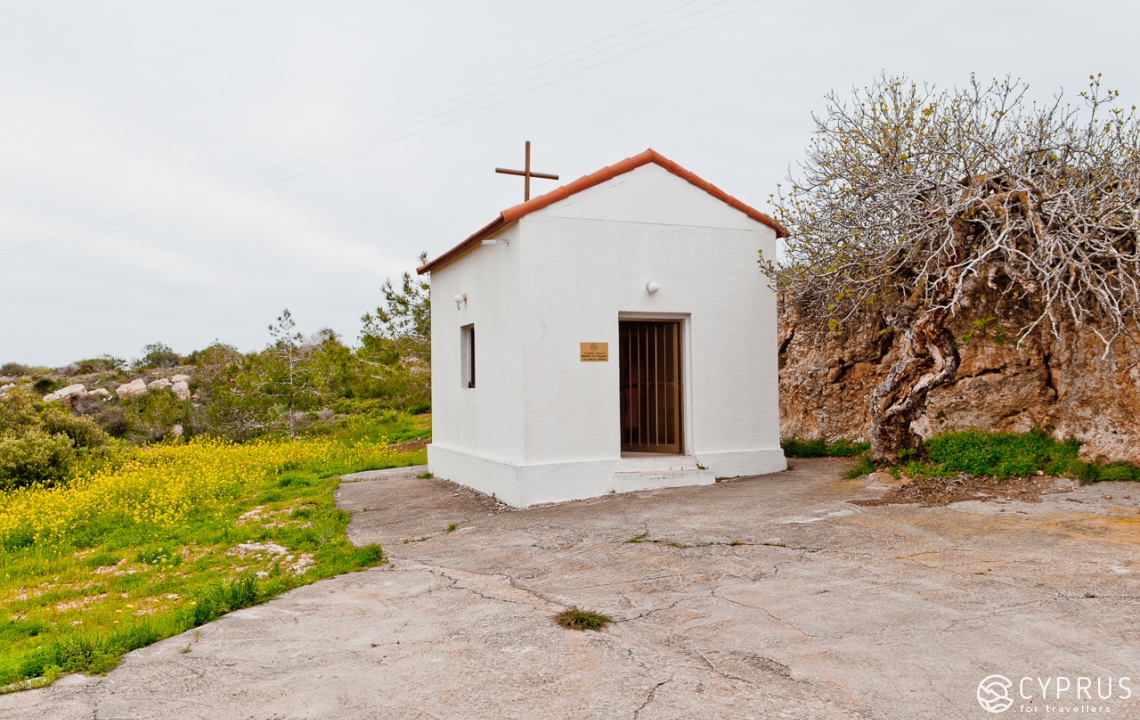
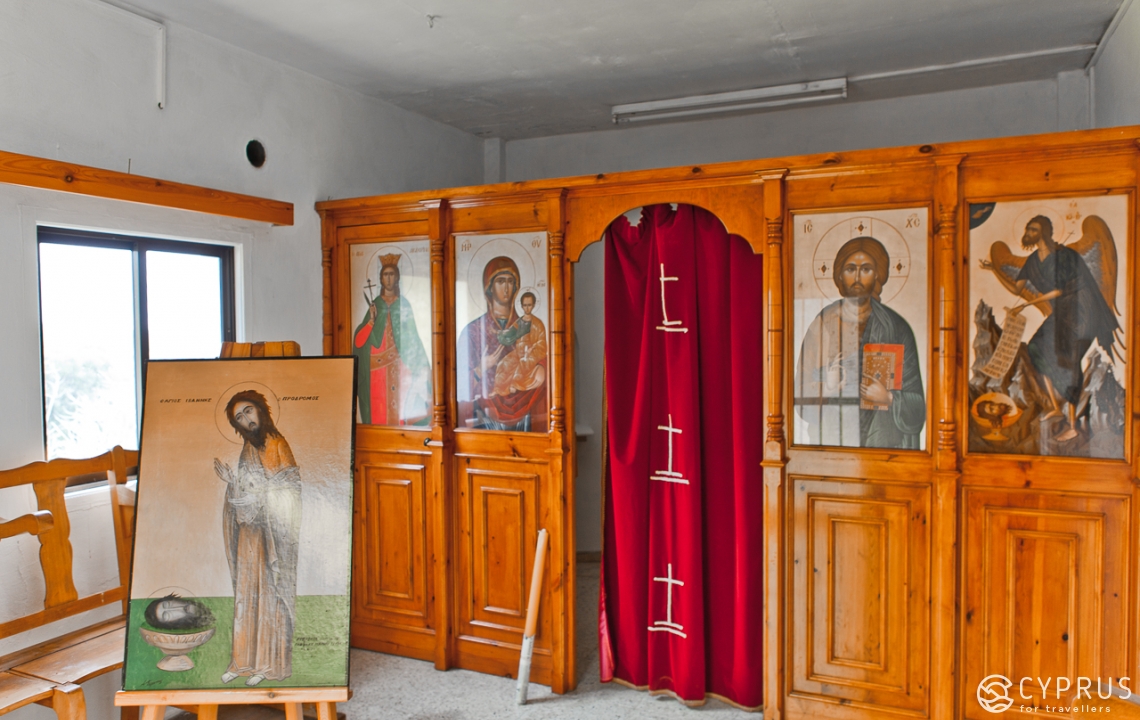
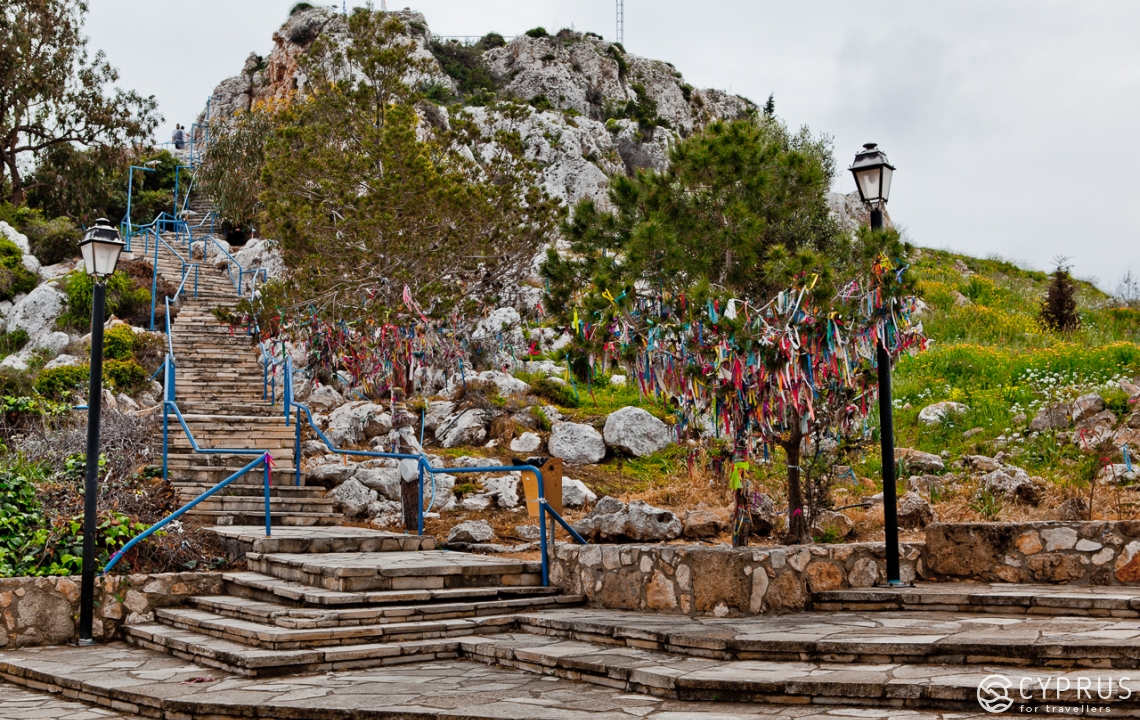
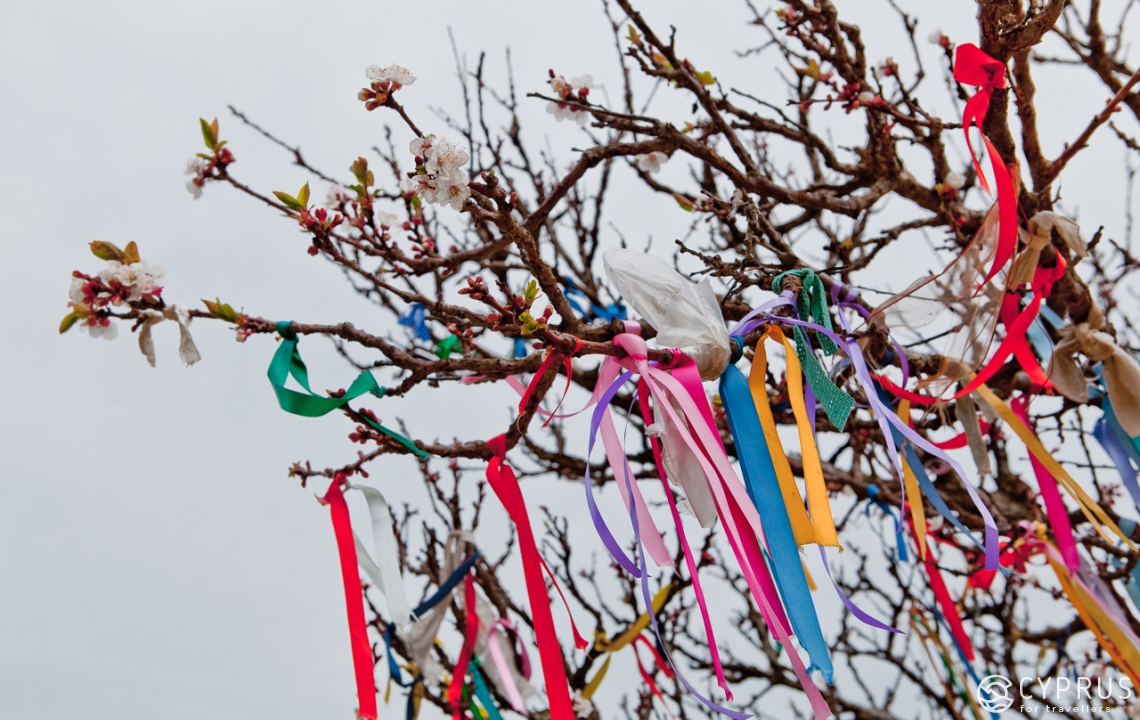
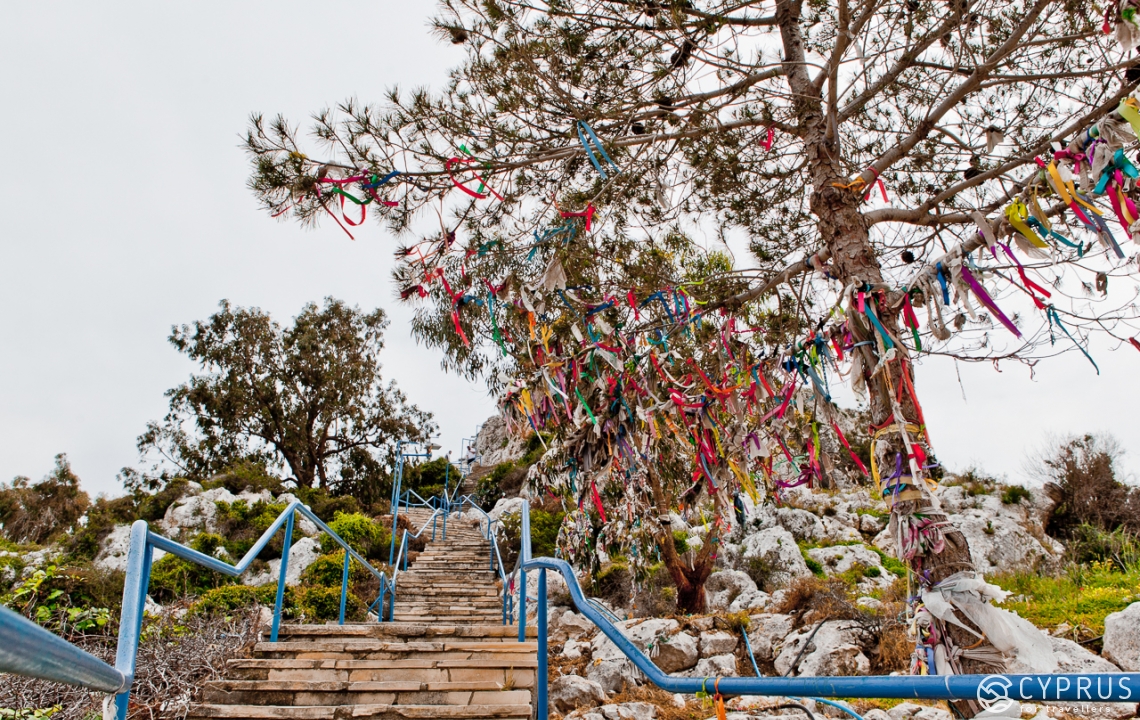
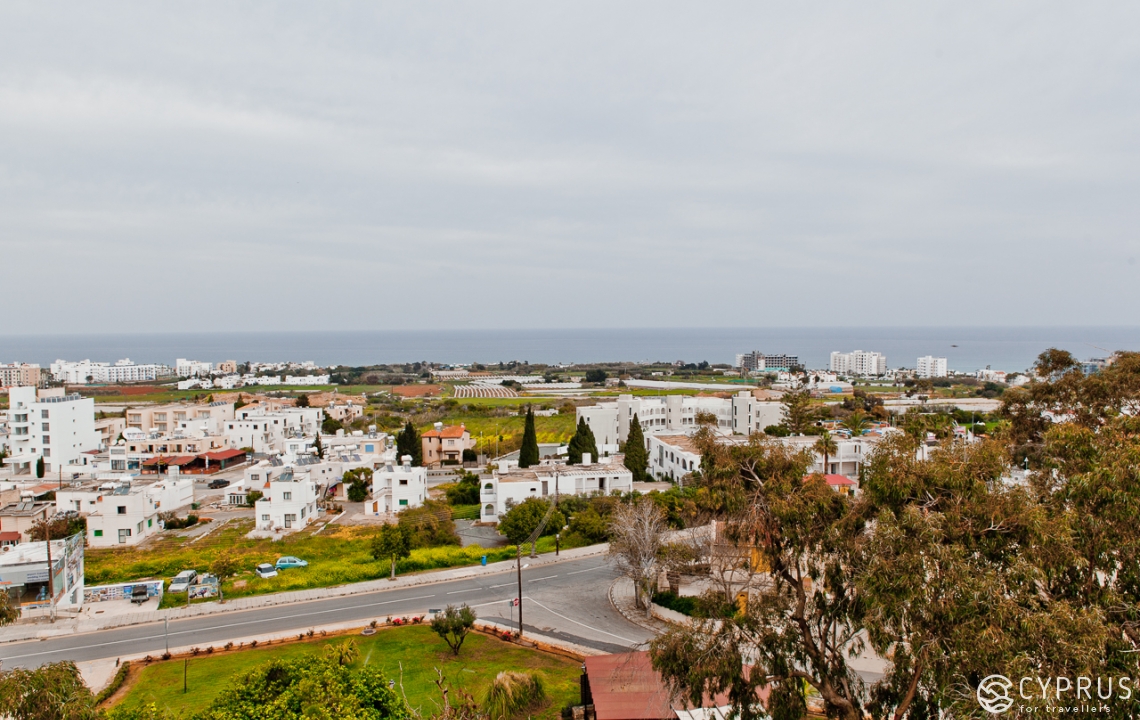
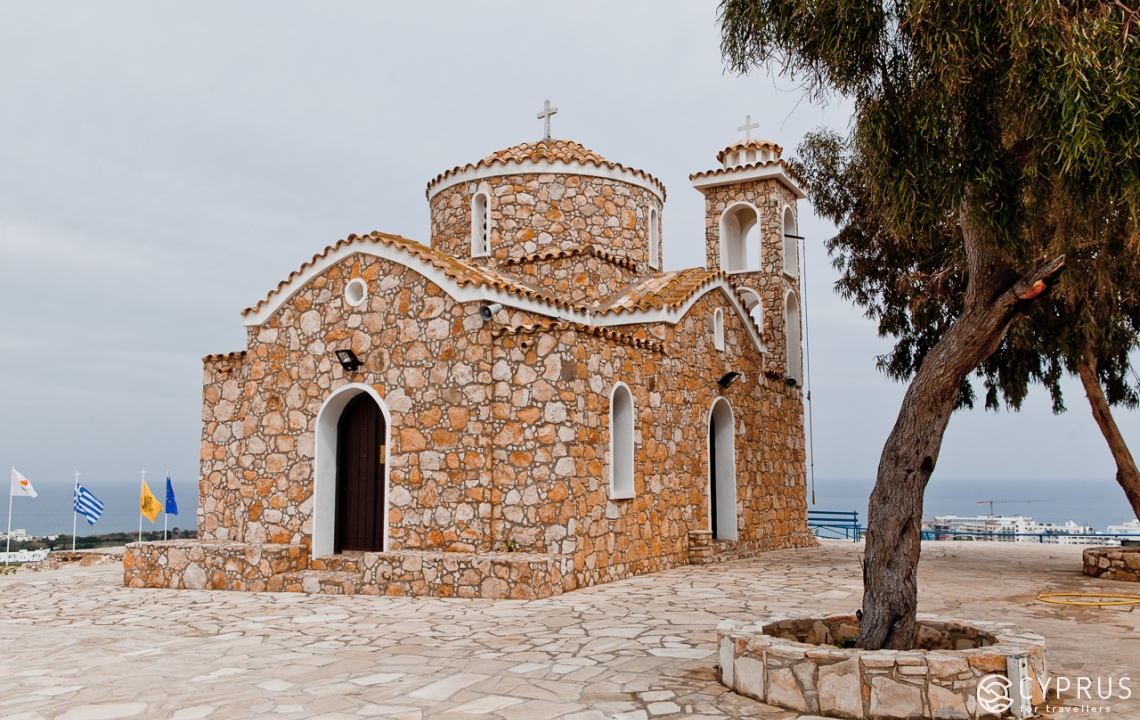
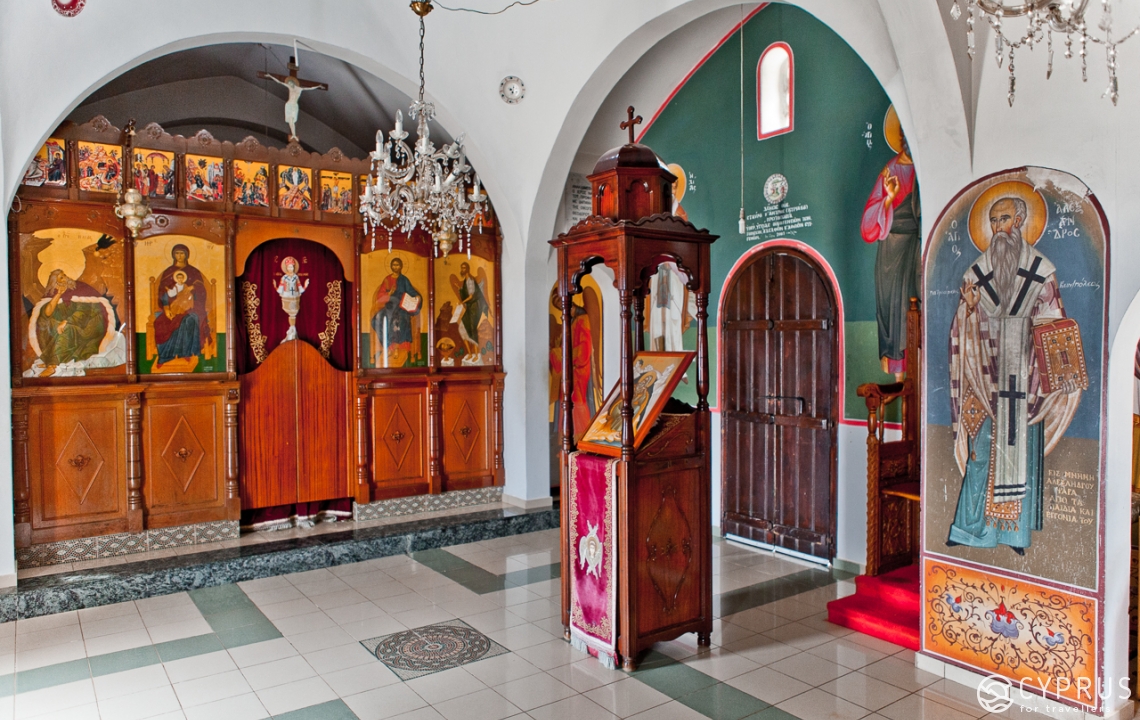
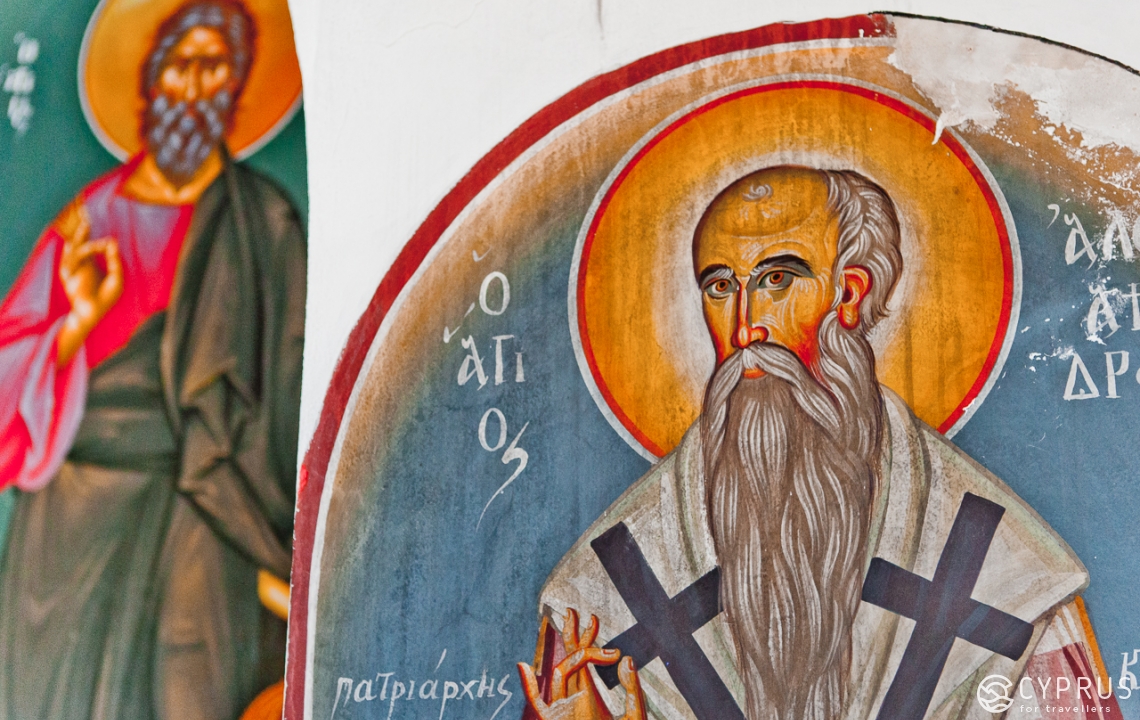
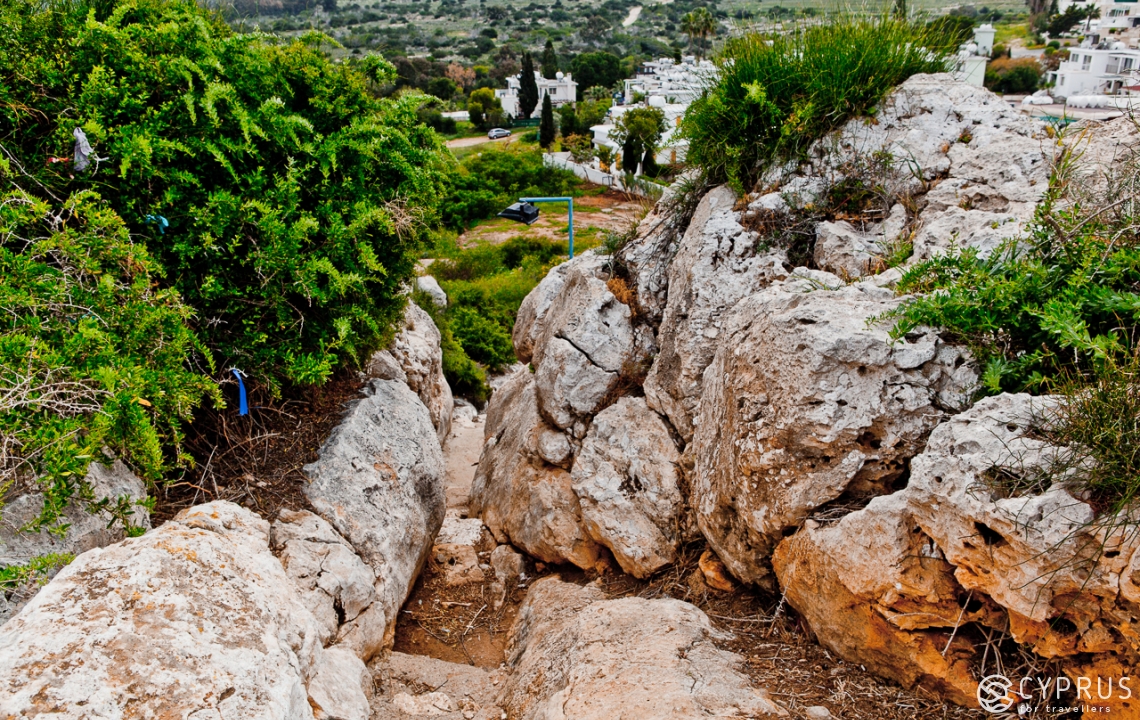
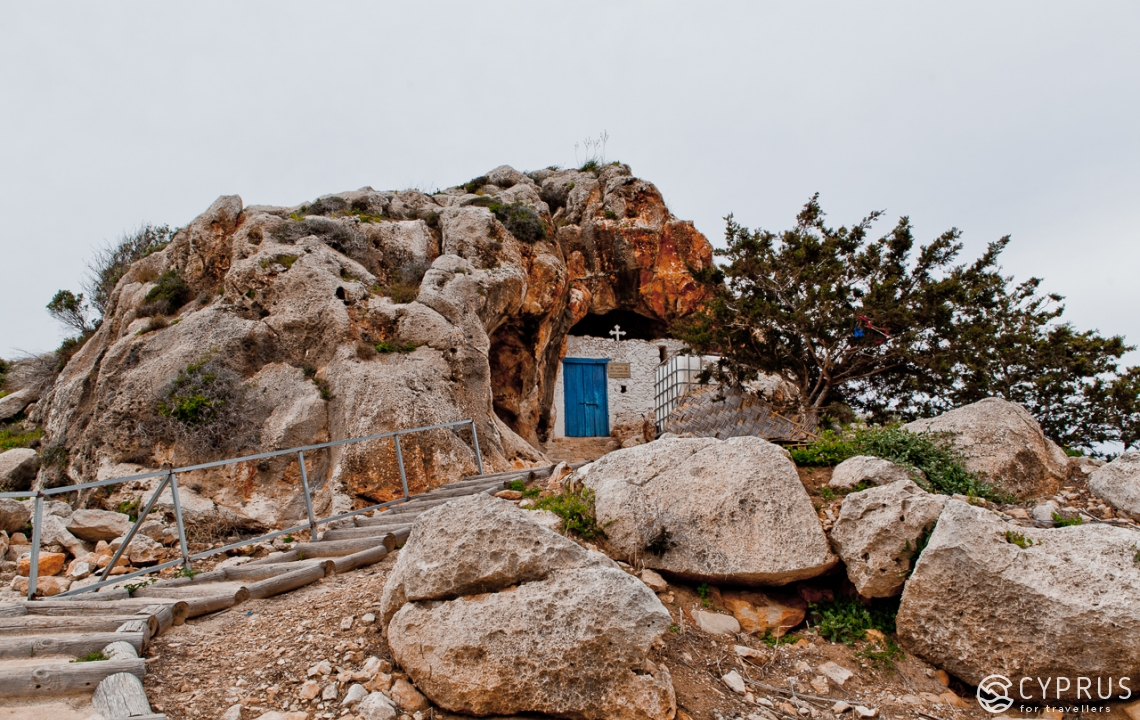
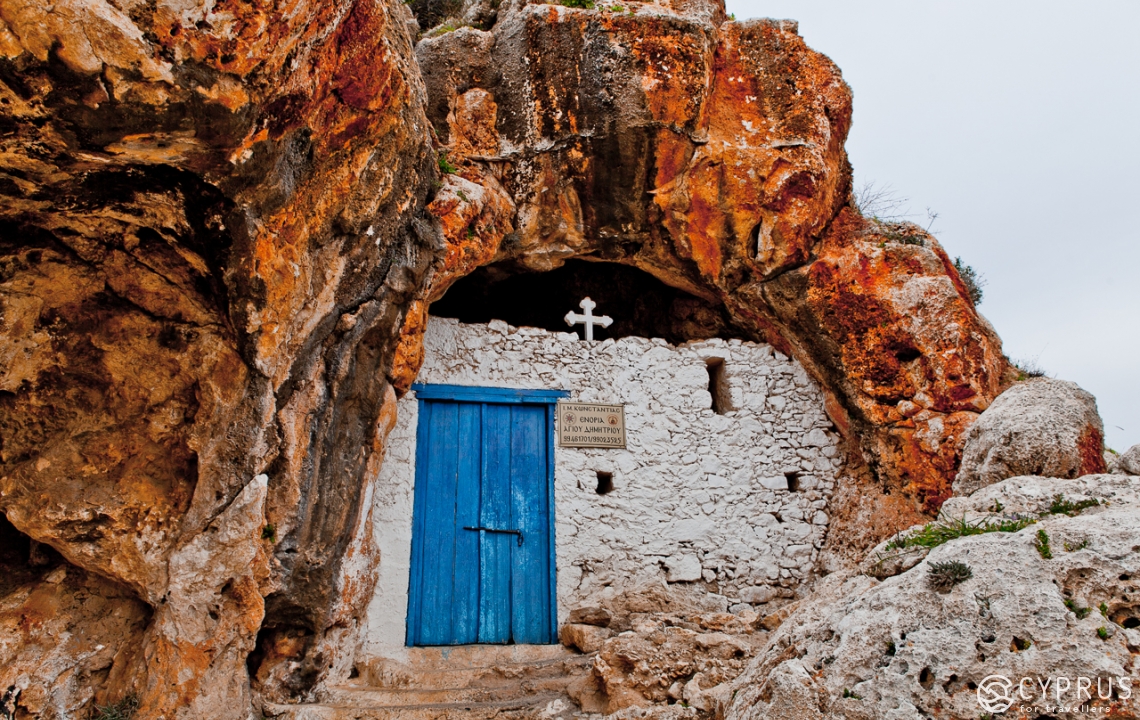
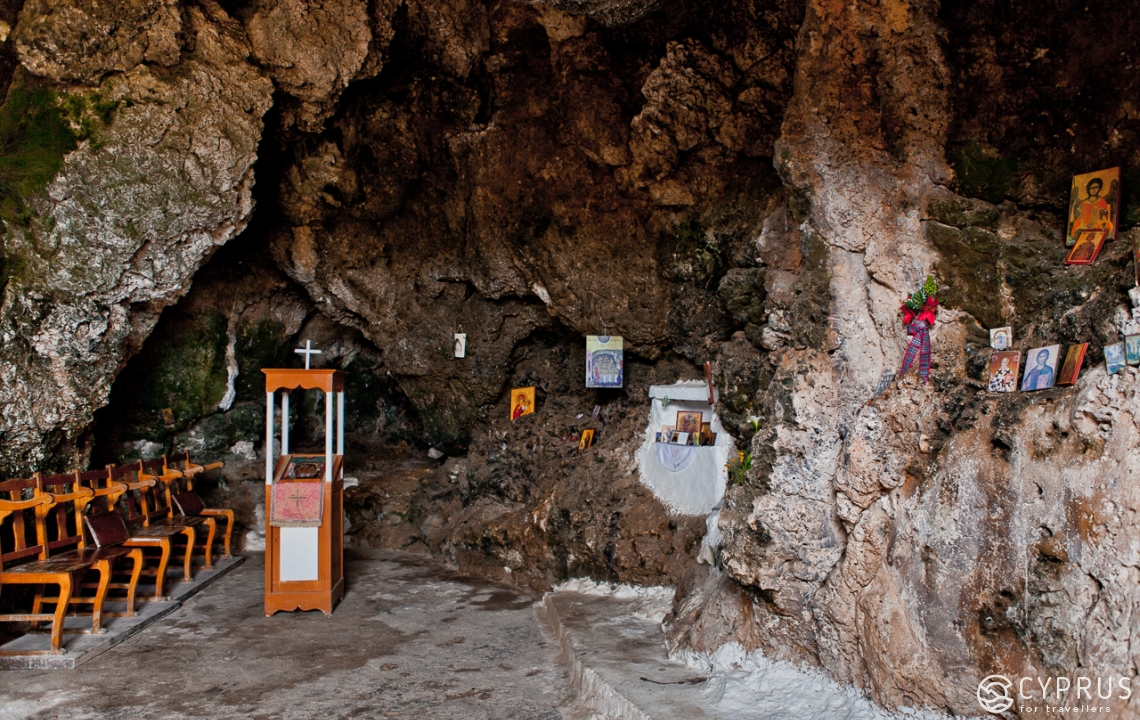
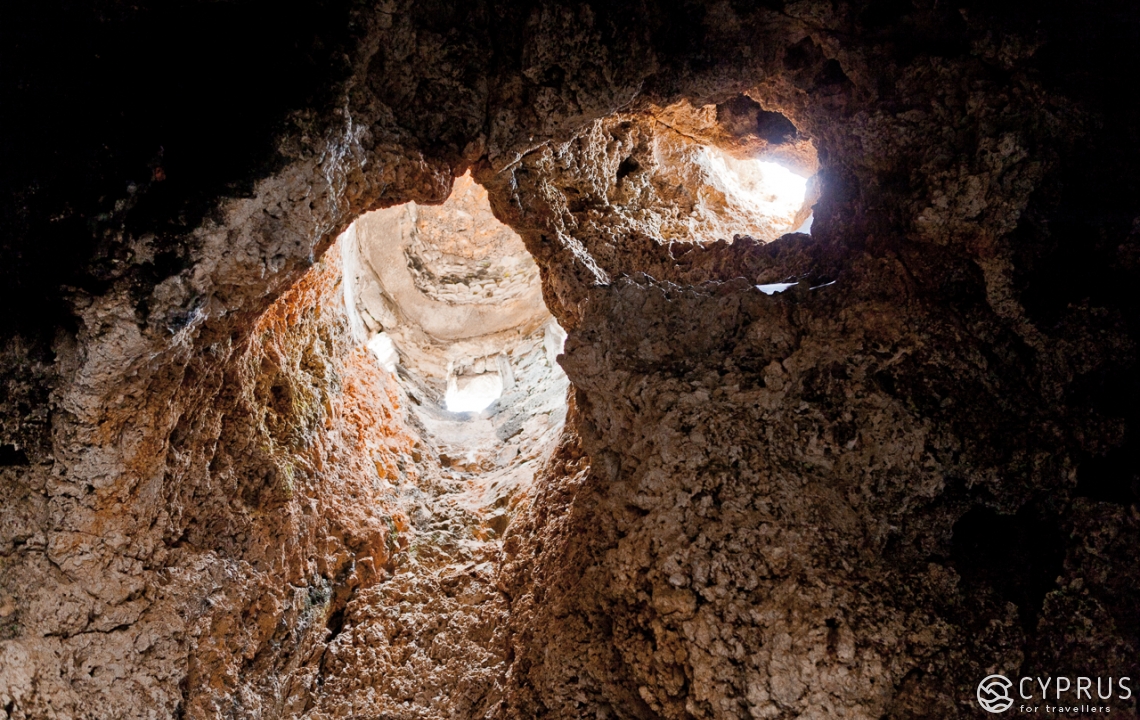
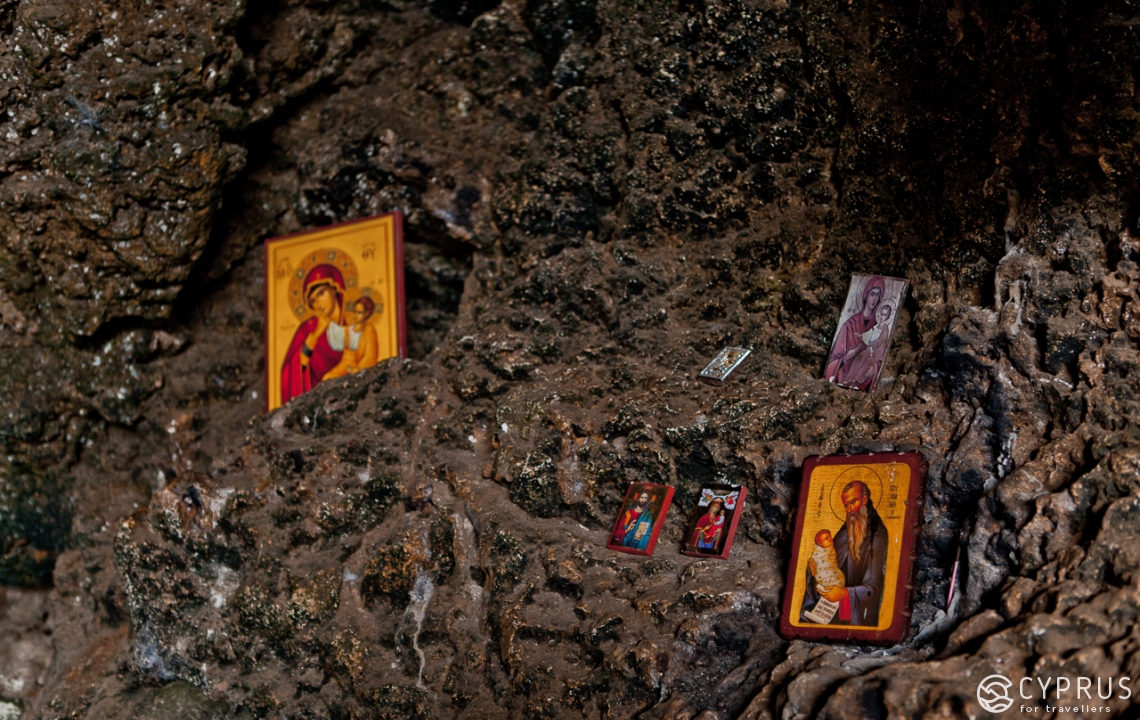
To recap: as we said at the outset, you can pick and choose when and how to visit any part of our trip if our something from our article piques your curiosity.
The Church of Profitis Elias is the starting point (or the end point depending on which way you go) on the Profitis Elias tourist trail to the Konnos Bay beach (near the Grecian Park Hotel) which this is another of Protaras’ attractions. This pedestrian zone is pretty easy to walk as it is only on a small slope (0-150 m). Therefore it’s ideal for walkers of any age and physical fitness. It runs for about 7km and the walk along the rocky hills dotted with juniper trees and the occasional farm will take you about 2.5 hours.
Be sure to check out the myriad cafes, restaurants and taverns the resort area of Protaras: you won’t have any problems finding somewhere lovely to stop for lunch and have a quick break. Here are some of our recommendations: Yianna Marie, Ravioli's, Woody's Inn, Rockafellas Sports, Vangelis.
After a pleasant few hours enjoying an informative and healthy walk, it's time to return to town. If you still have the energy for some new experiences or simply want to relax in the cool shade in comfort where you can happily idle away some time in peaceful thought... we suggest visiting the Protaras Ocean Aquarium.
The Ocean Aquarium
Open since August 1, 1999, the Ocean Aquarium is on the main road from central Protaras. It has a conveniently located large car park nearby. There are more than 1000 species of various marine and coastal wildlife: fish of all shapes and sizes; frogs and crabs, anemones and jellyfish, rays and octopuses, moray eels and turtles.
The spellbinding atmosphere of the main pavilion evokes the depths of the sea and the feel of the fairy tale, The Little Mermaid: muted flickering light, blue tones and soothing music. Tourists walk at a leisurely pace from one aquarium to another. Each habitat has information in English, Greek and Russian about the animals inside.
It was lovely to see «old friends» here in the tanks bringing back childhood memories of your first trip to the aquarium: barbels, neons, veiltails, catfish and angelfish. What’s more you’ll be surprised to learn that in more natural conditions, some of them can actually grow to impressive sizes and statures, just like other standard natives of the pet shop.
If the fish are bold and want to communicate, you can «look into each other's eyes», and show mutual interest, which is really touching and especially popular with children.
The aquarium also has an interactive section for its youngest, and most curious and energetic guests. While their parents relax and contemplate the life «behind the glass» sitting on a comfortable sofa, a robot, built into one of the panels, tells children all about the mysteries of the deep blue sea. You can also watch Finding Nemo with additional educational information for kids.
There is more to visiting the aquarium that just watching fish in the pavilion.
As you leave the main aquarium halls, you will pass through the souvenir shop where you can buy toys or artefacts made of shells to remember the day by. After that, you’ll come across a spacious shady garden where there is a small but impressive zoo. There are sleepy, reticent raccoons lying about in the hot noon sun; a motionless family of Siamese crocodiles (crocodylus sianesis) in an enclosure; a mass of busybody penguins in their own private pool; an array of different breeds of bright duck near the lake and other various birds, some of which are truly exotic and fascinating. You can relax with a cup of coffee in the cute cafe and admire the shady bushes and tropical flowers.
Address: Protaras, the Е306 road (Protaras Avenue – Cavo Greco), up to the ring road to Paralimni
Admission: 13 euros and 7 euros (for children)
Opening Hours: (April — October) 10:00 – 18:00; (November — March) 09:00 – 16:00
Telephone: +357 23 741 111
Email: ocean@cytanet.com.cy
Website: www.protarasaquarium.com
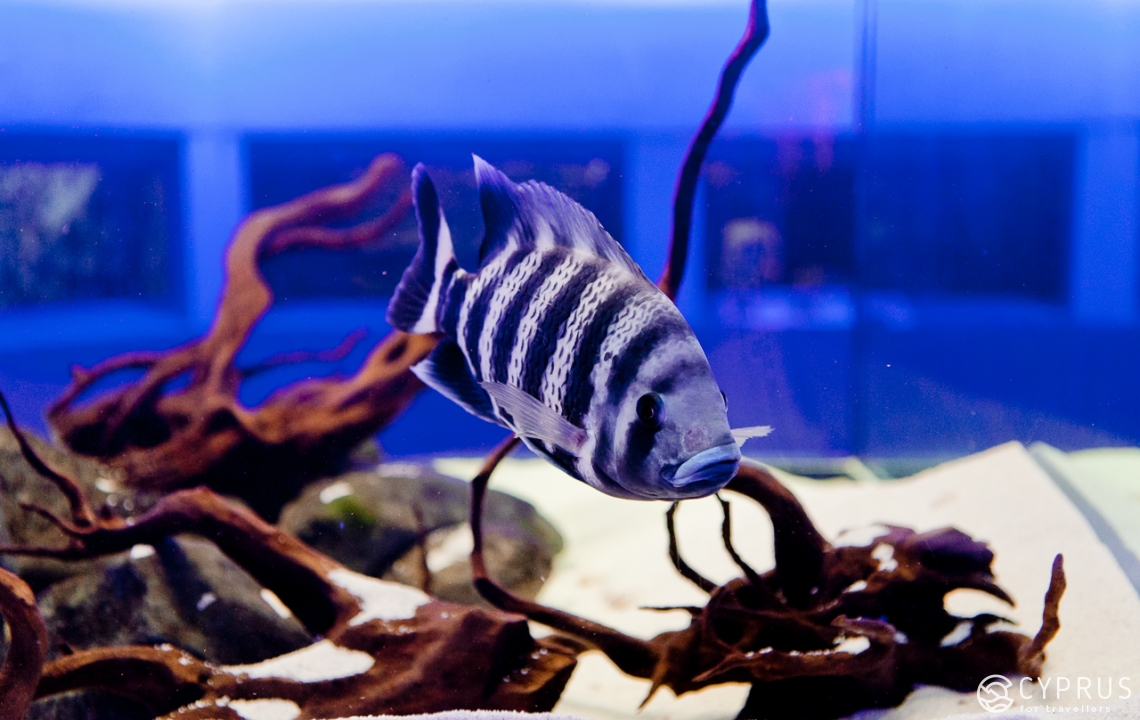
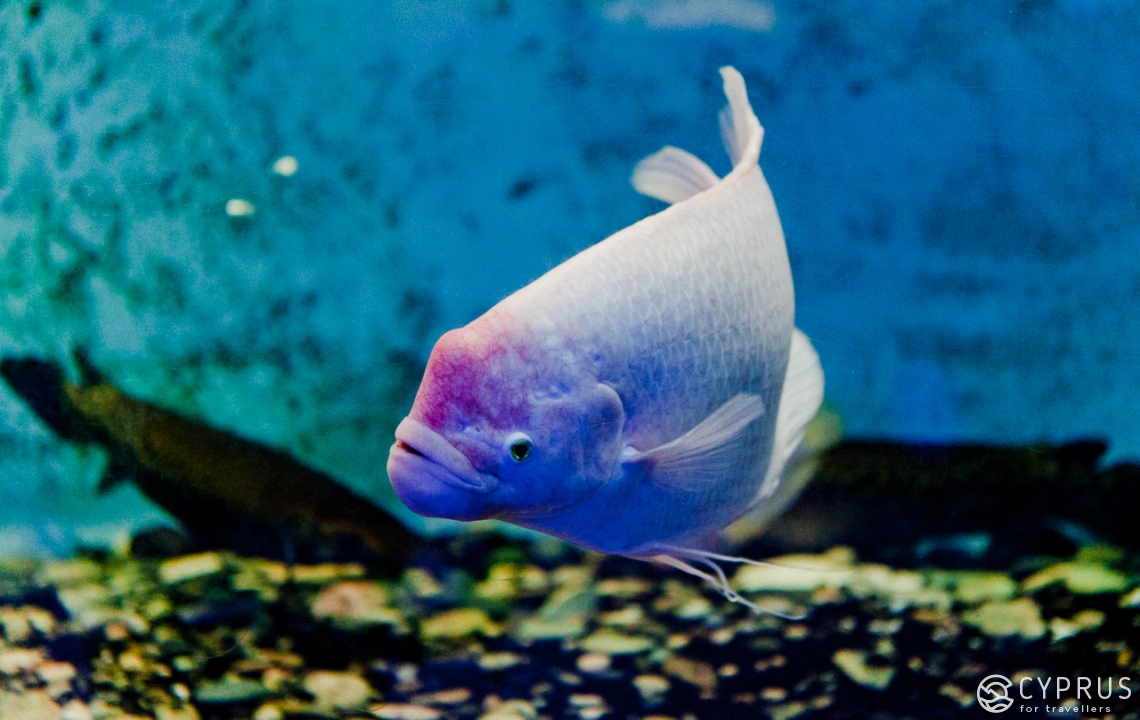
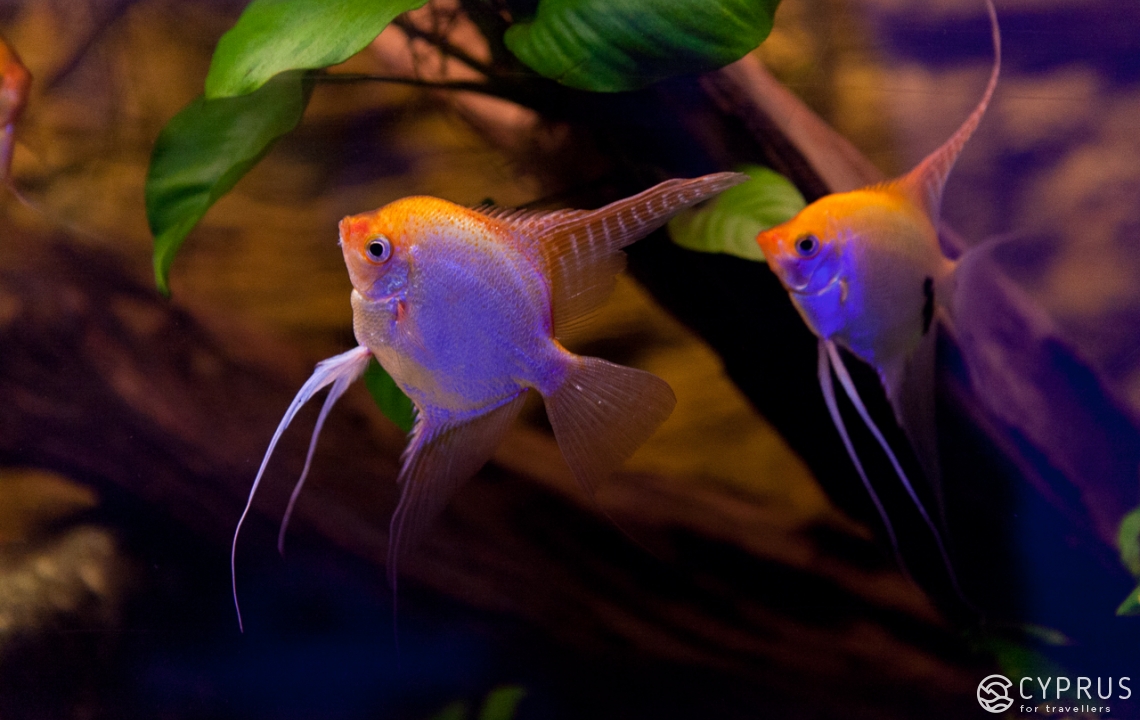
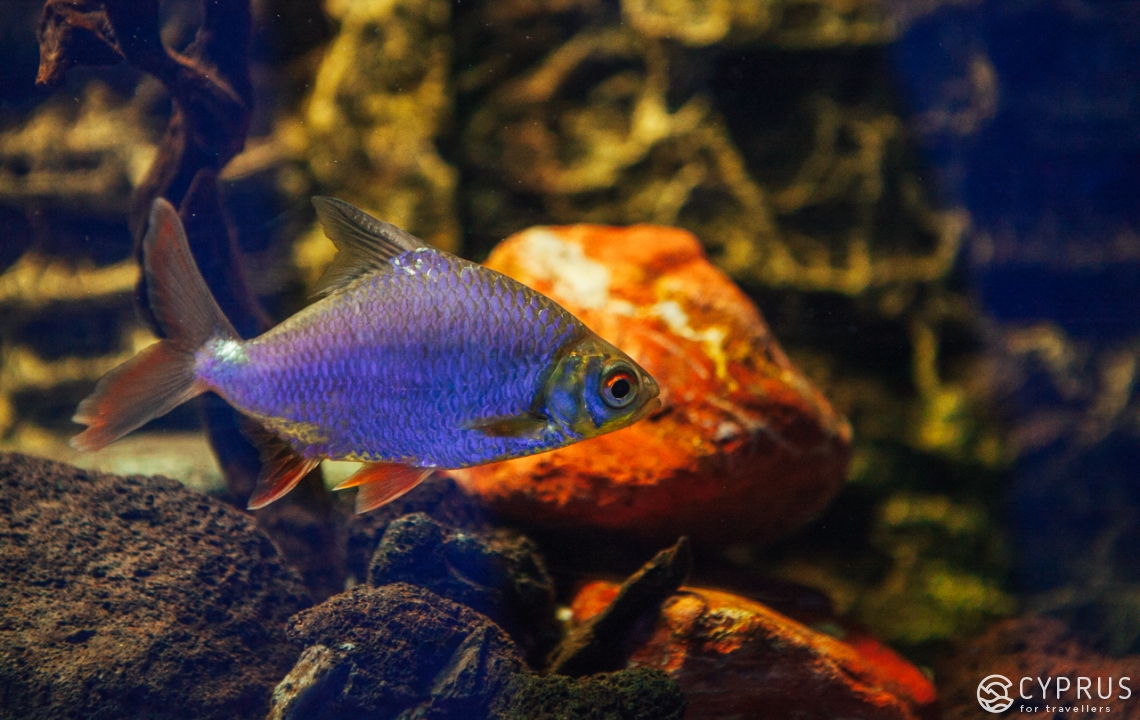
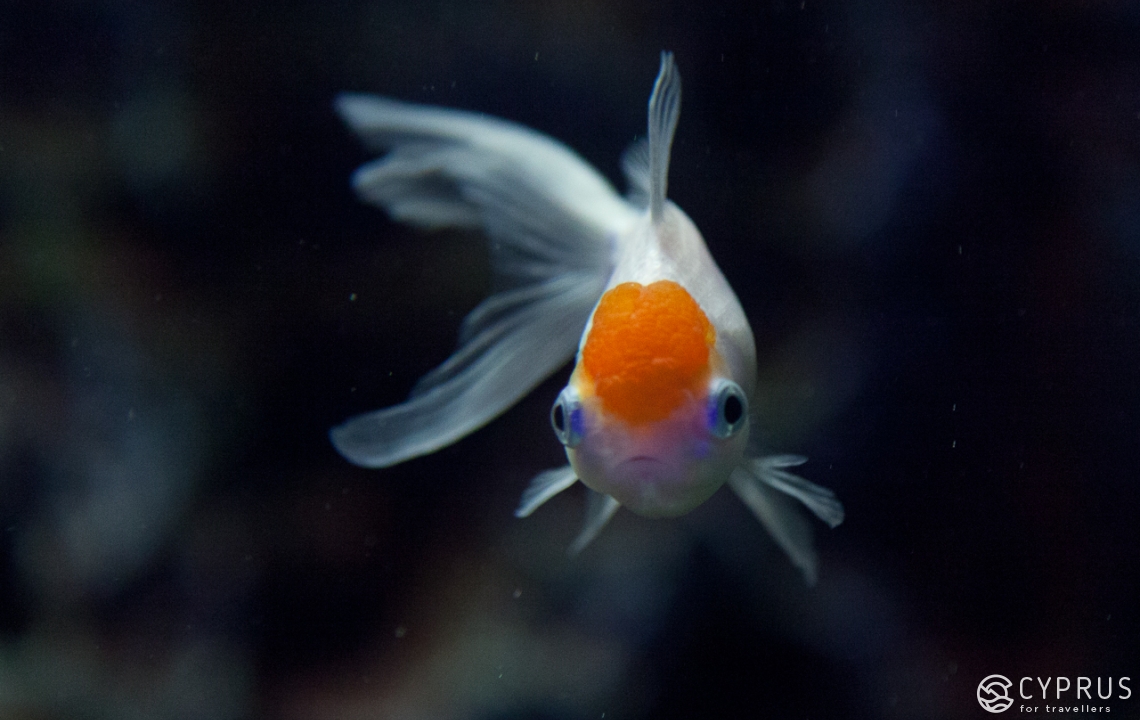
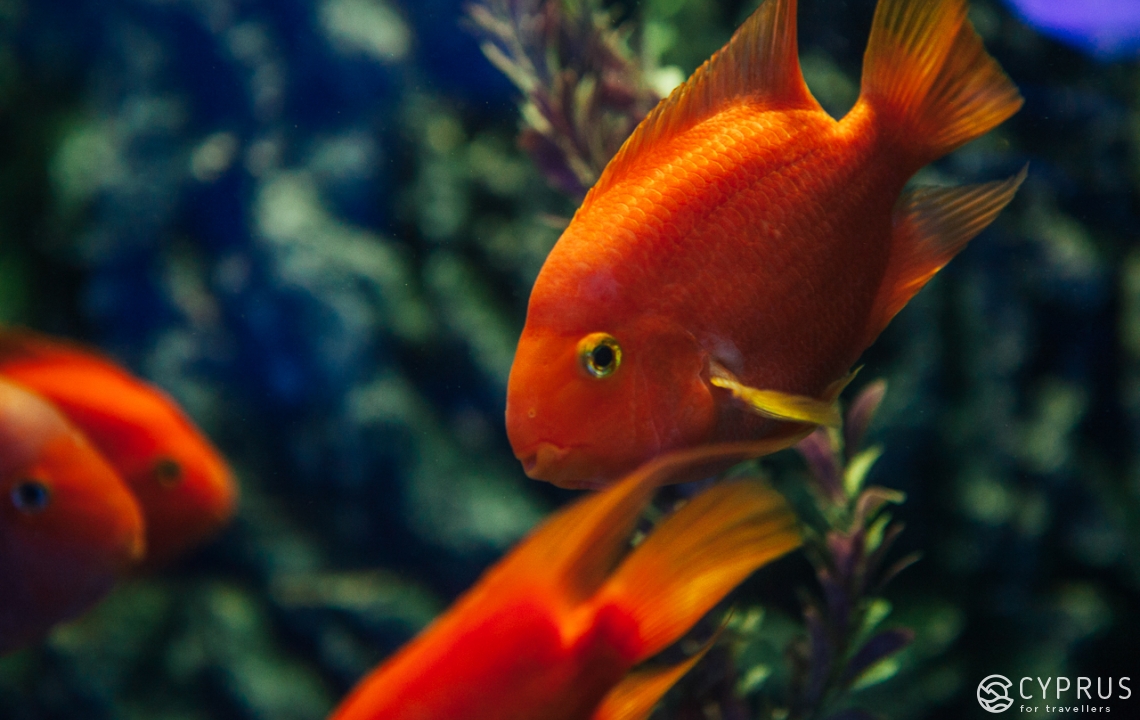
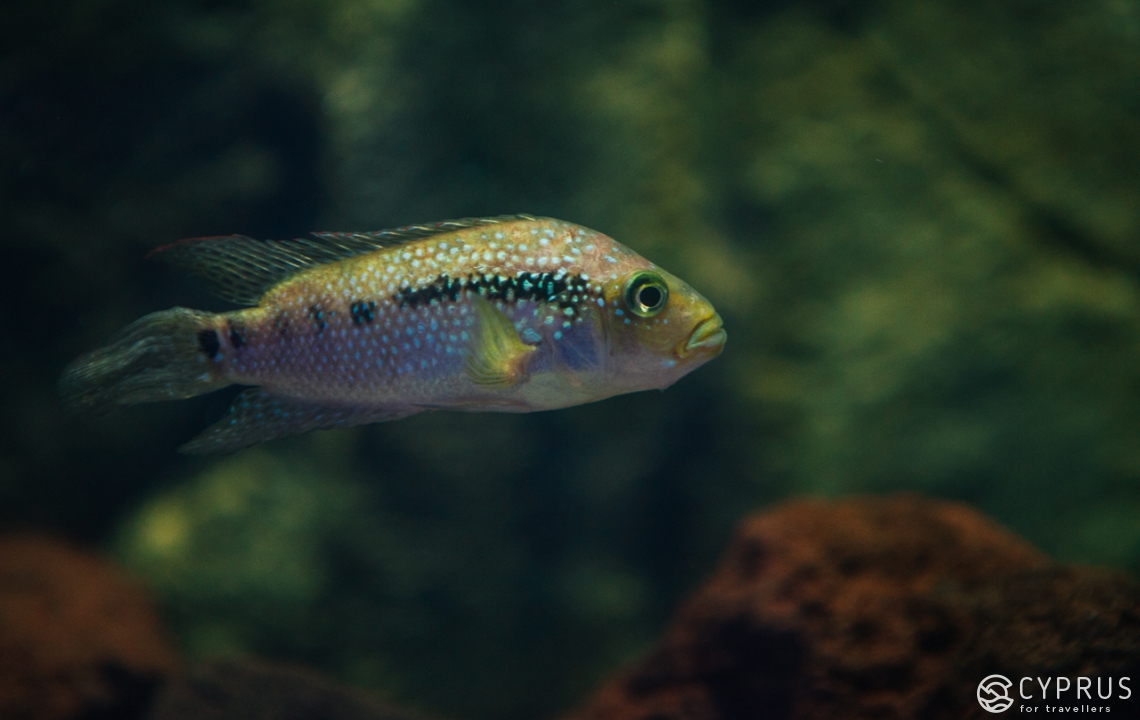
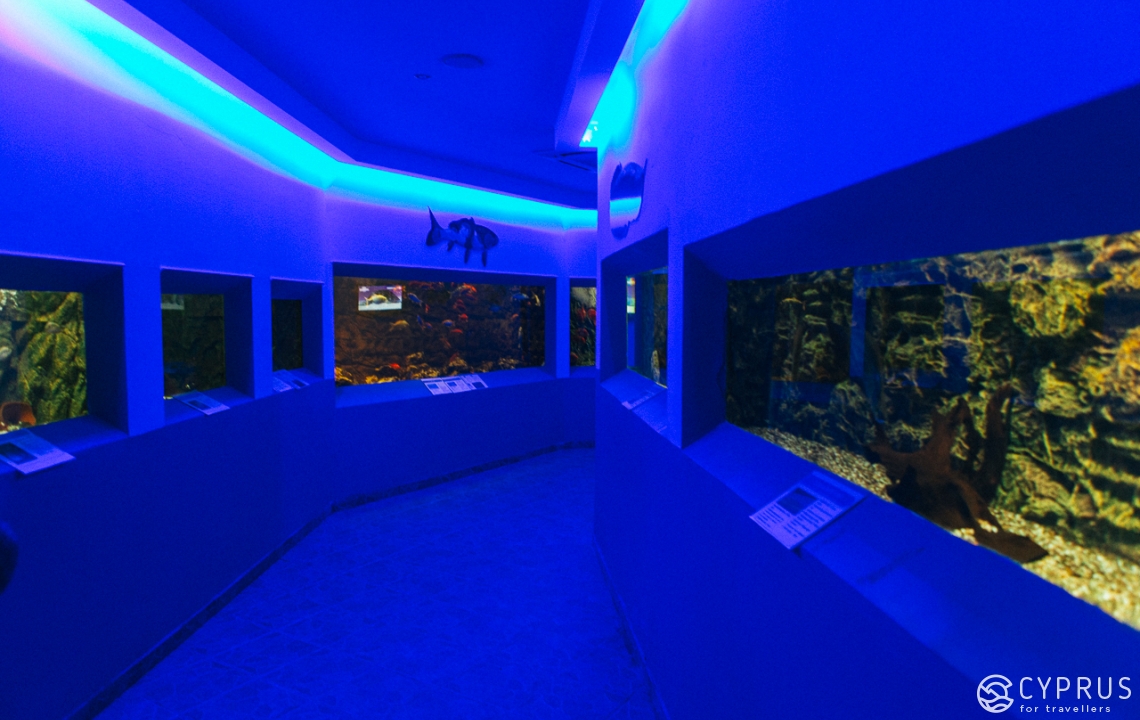
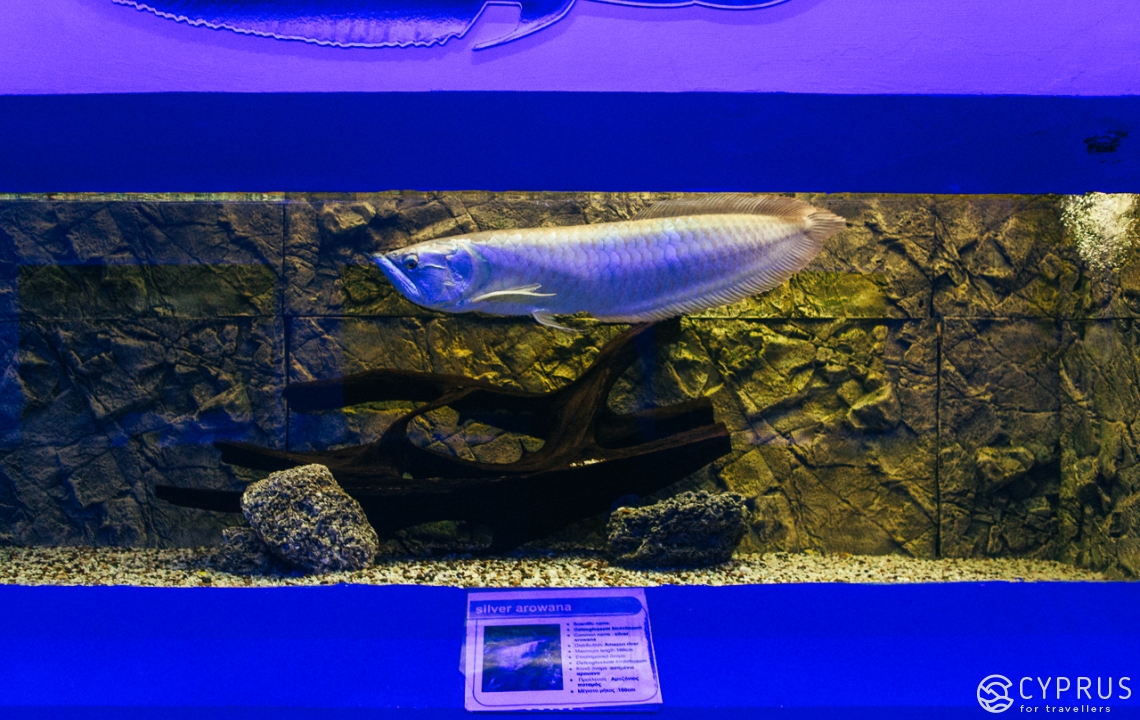

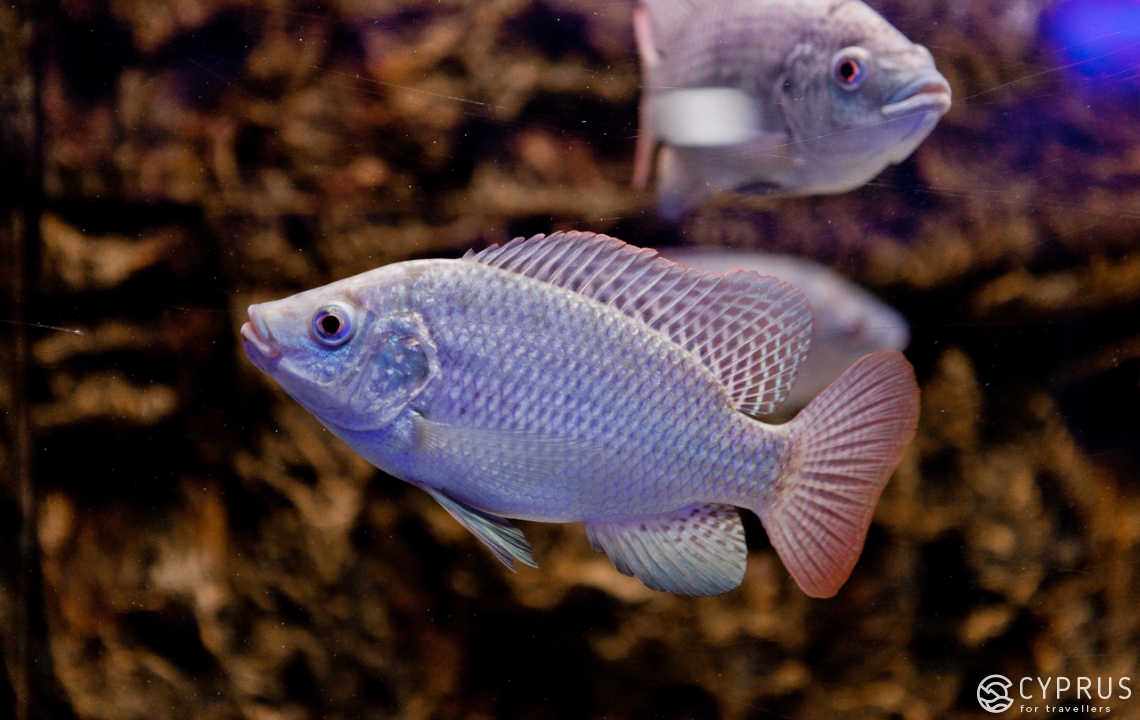
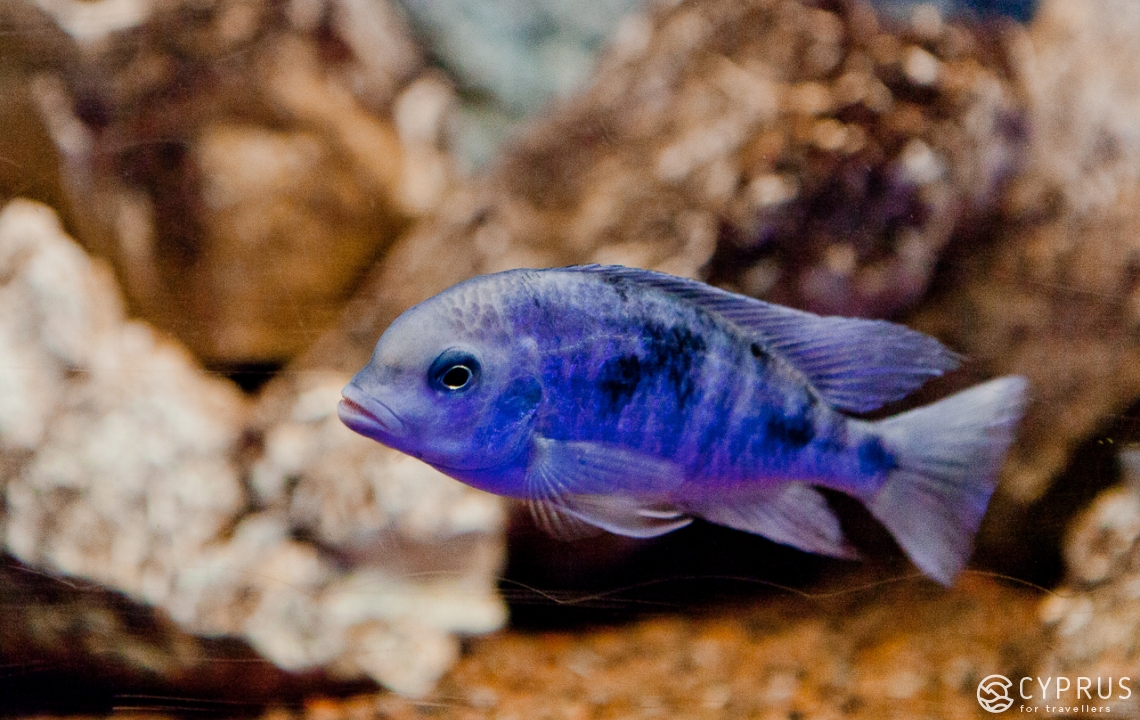
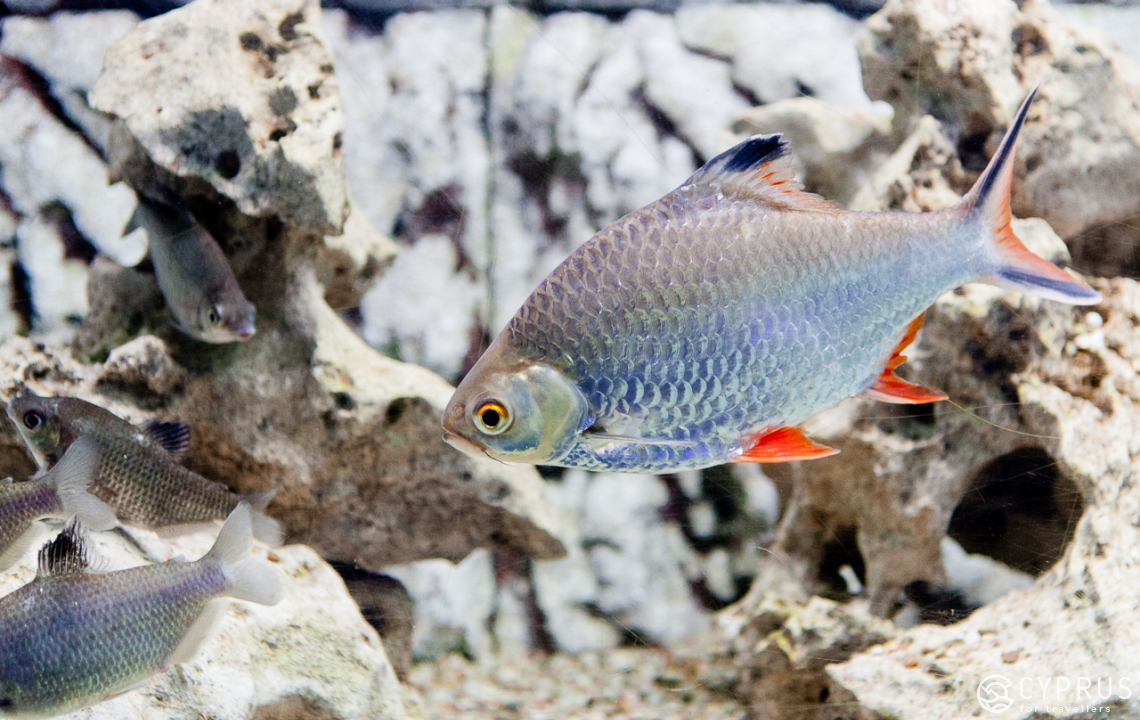
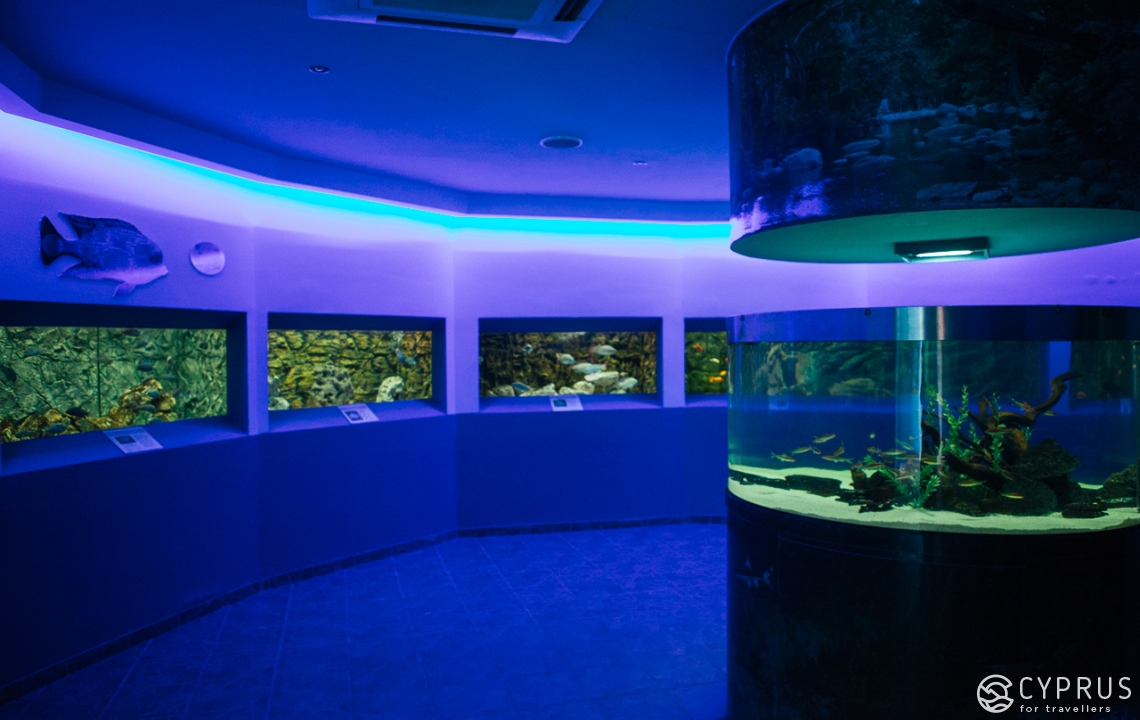
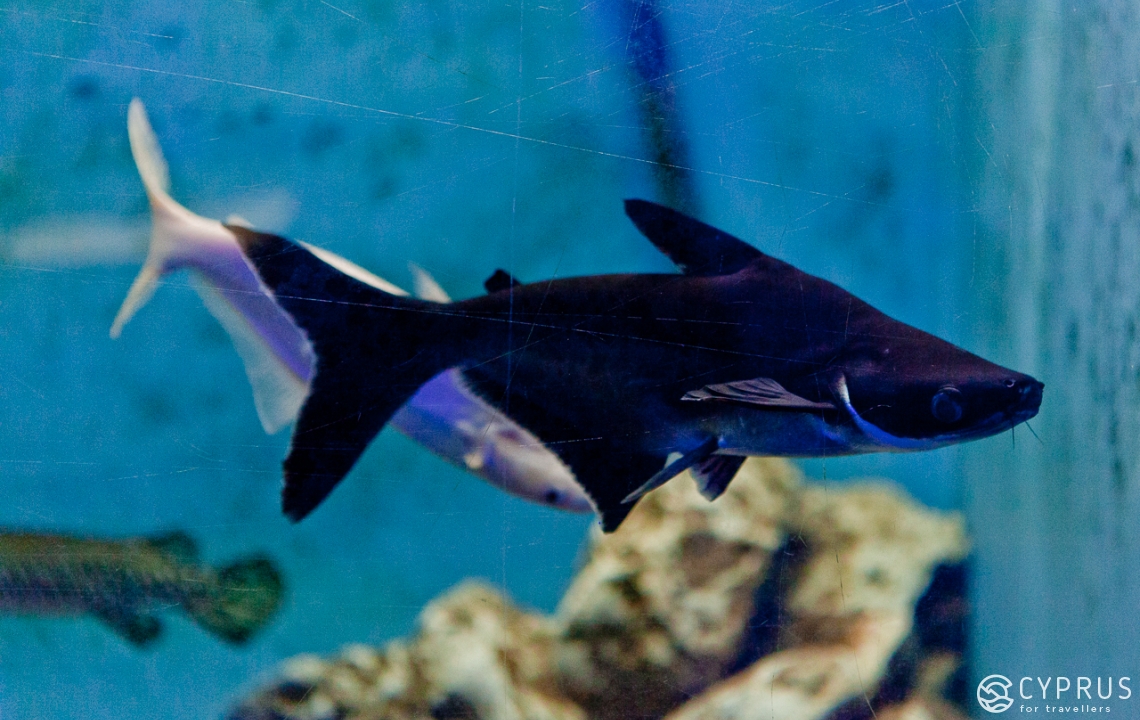
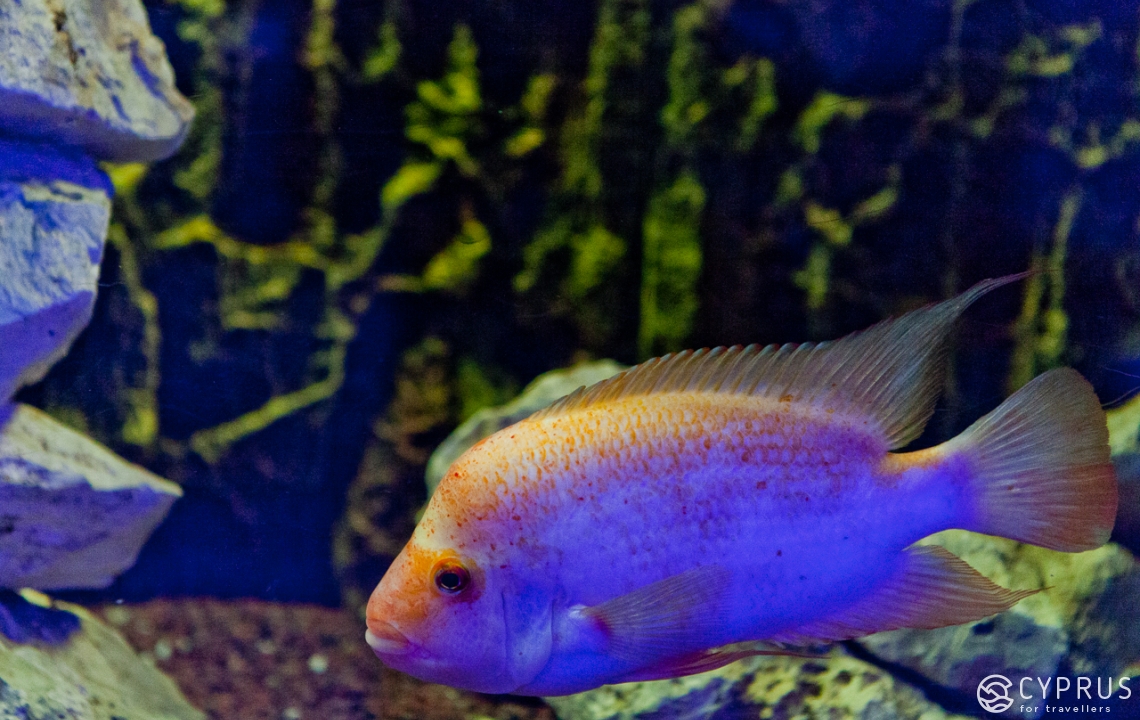
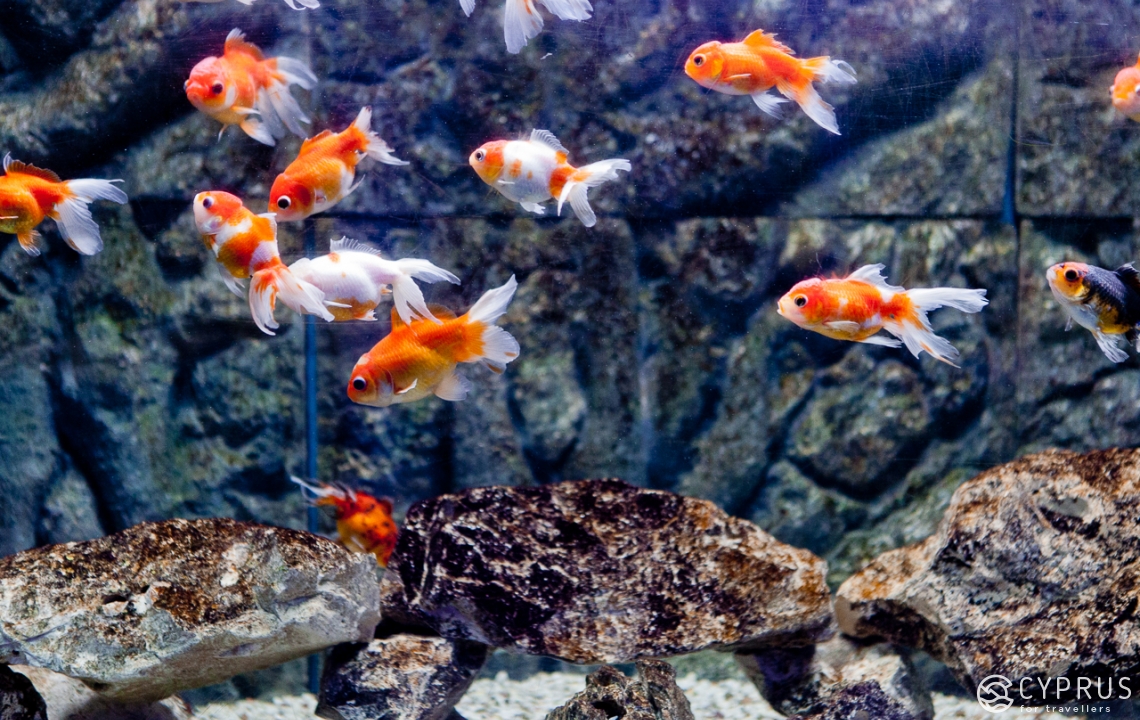
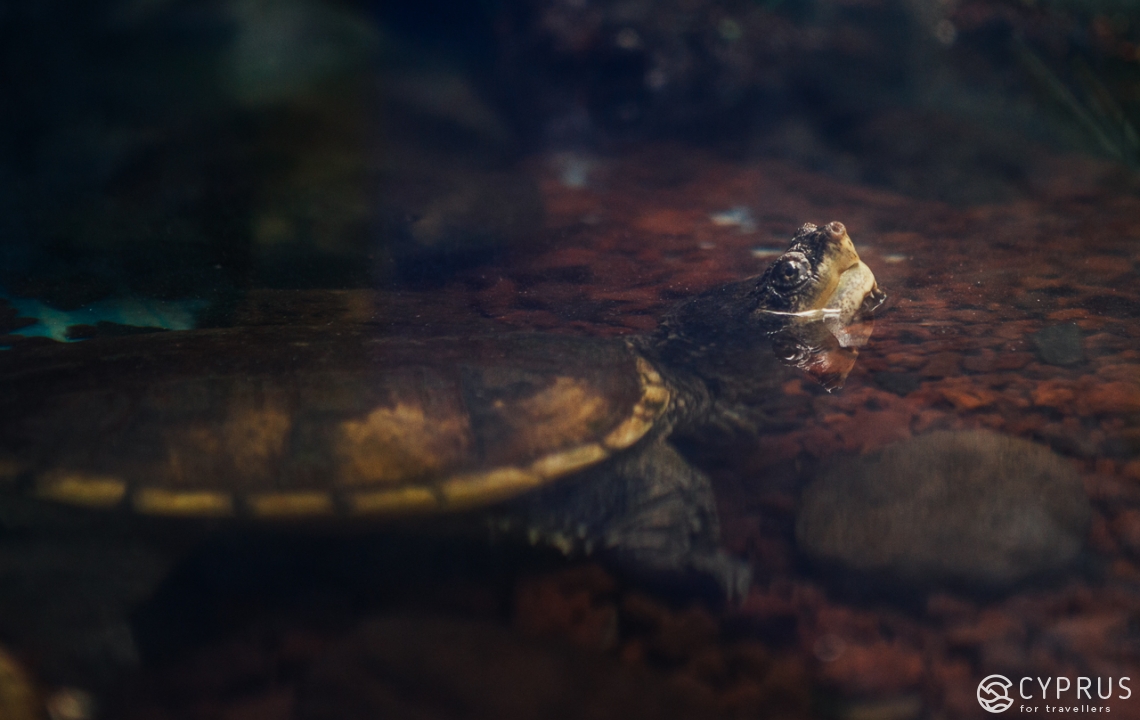
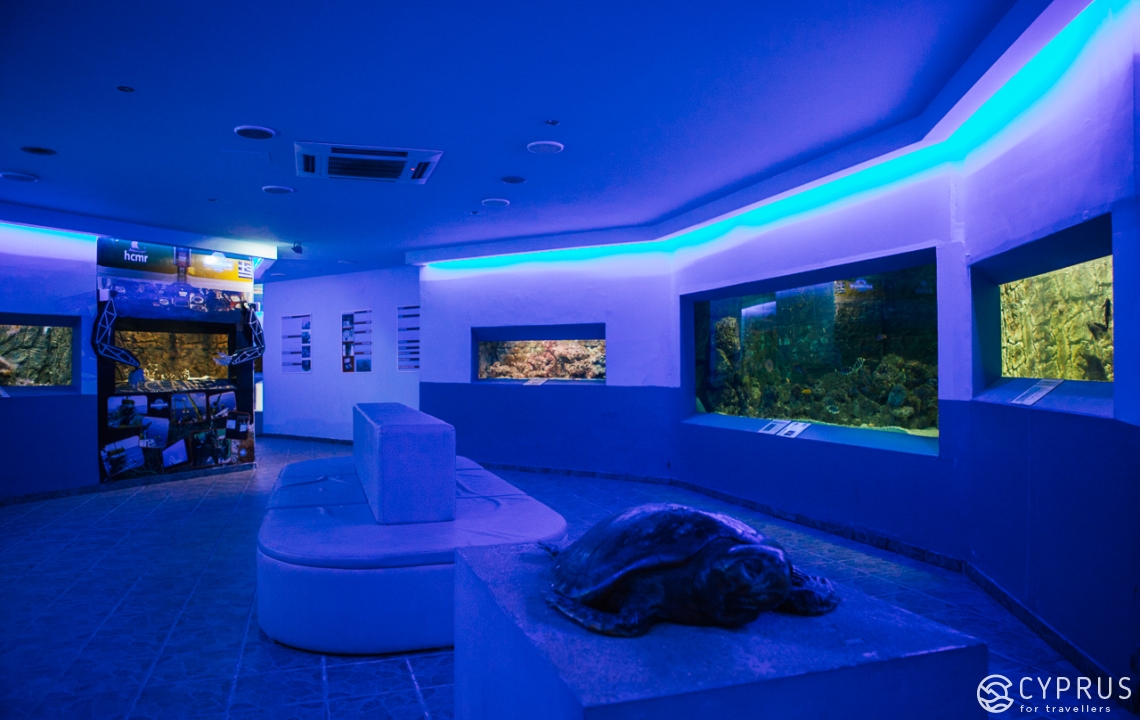
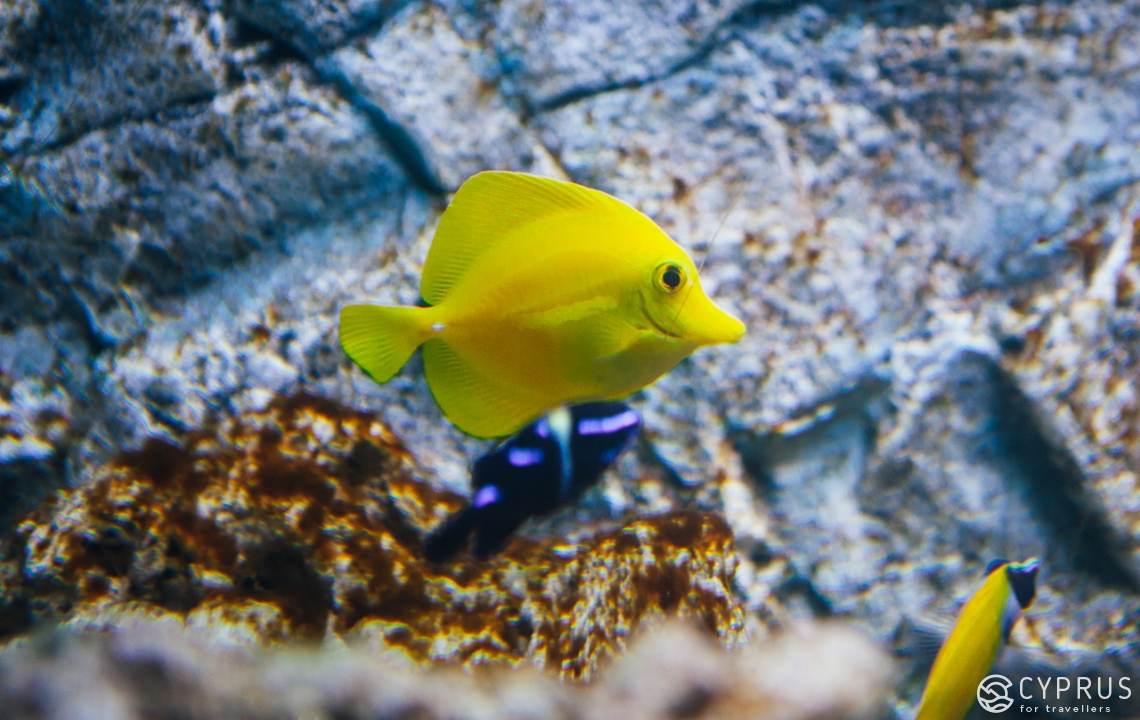
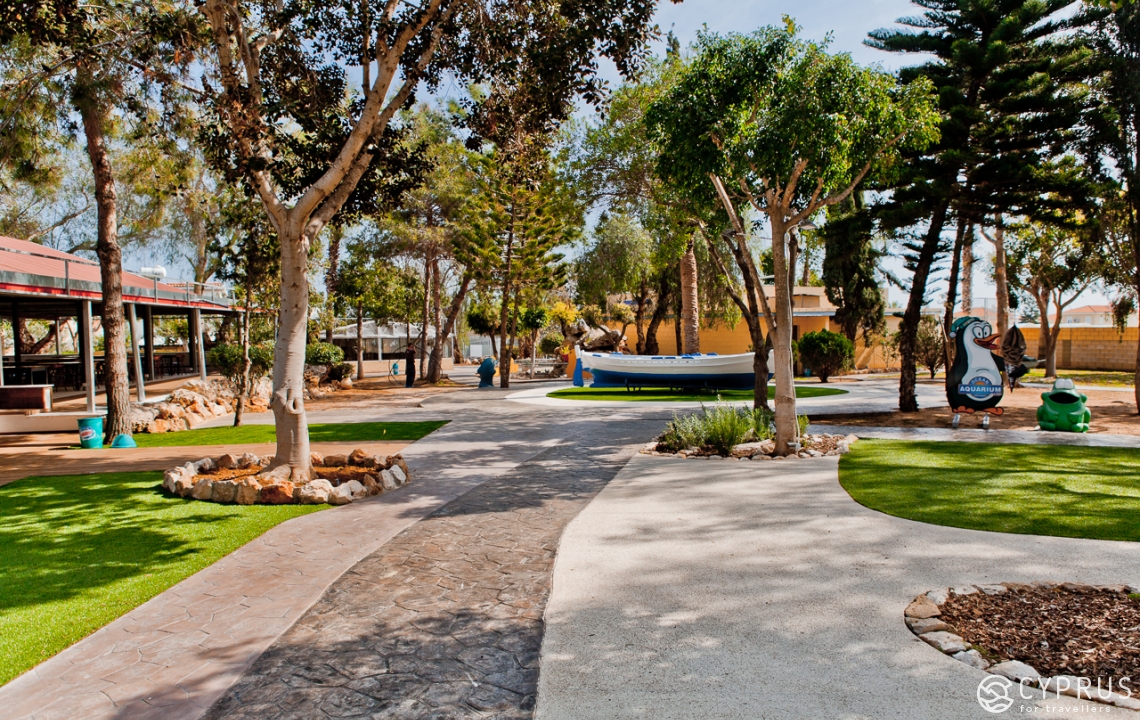
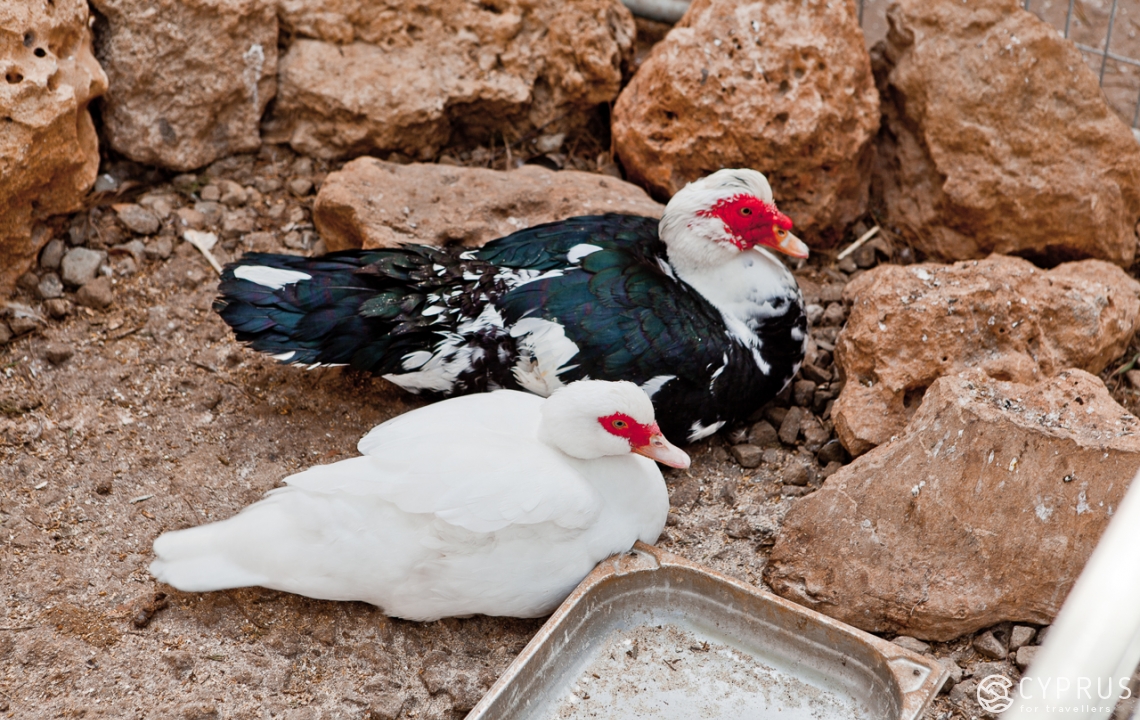
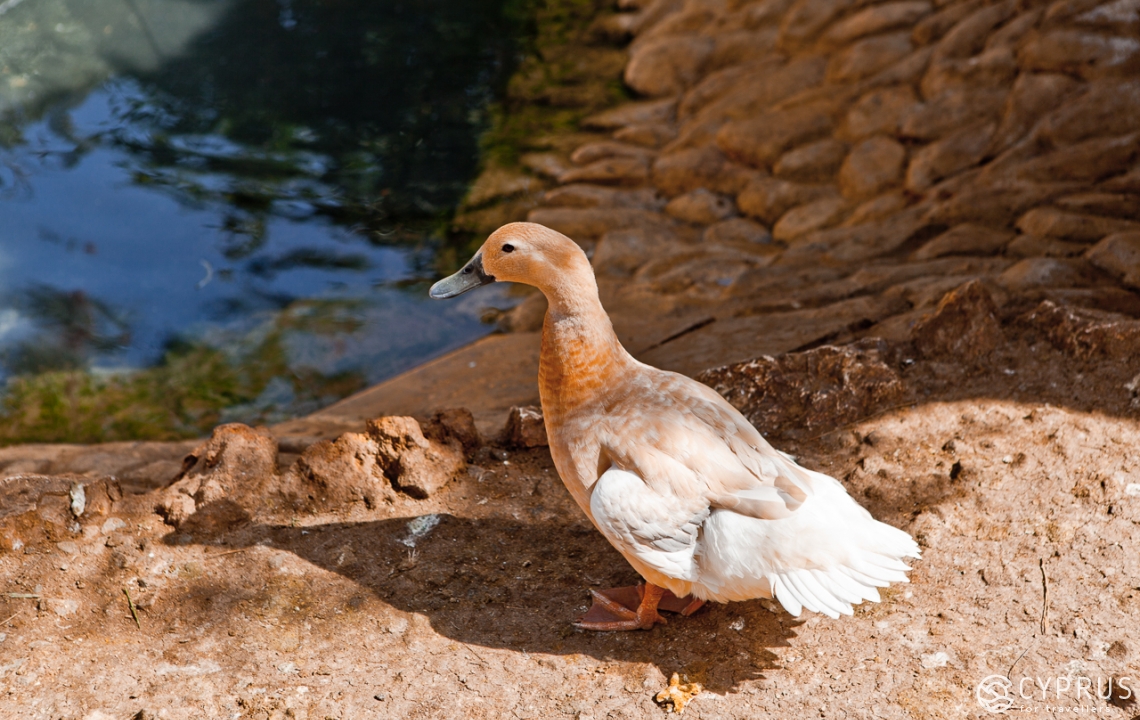
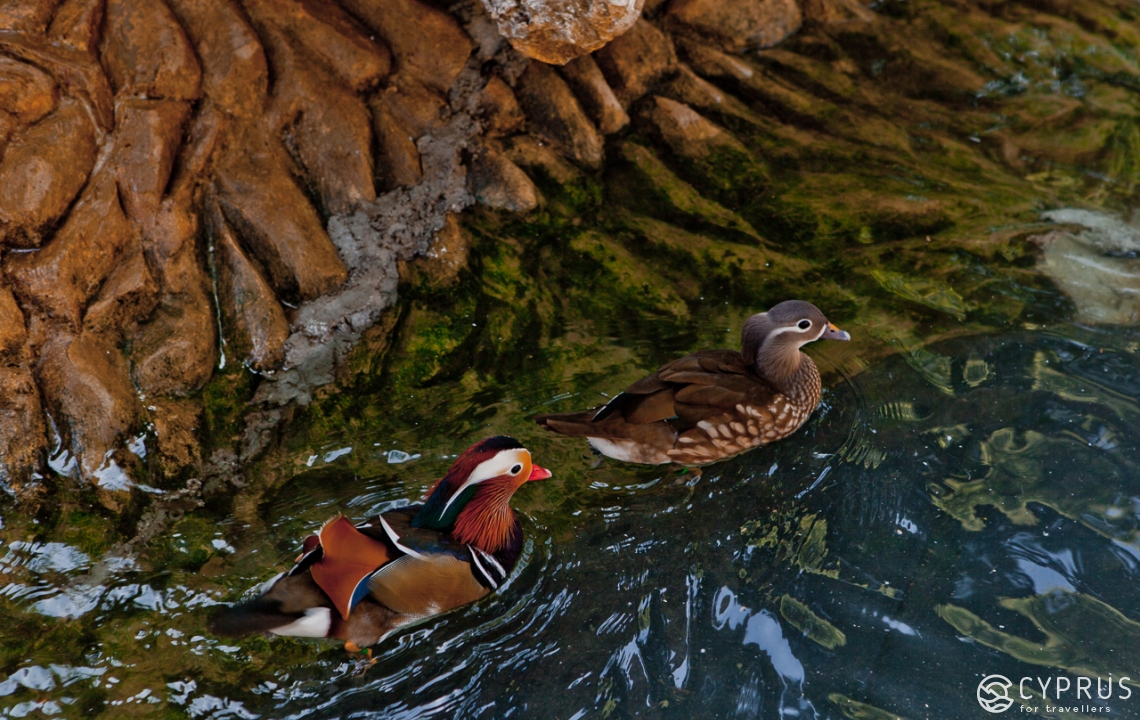
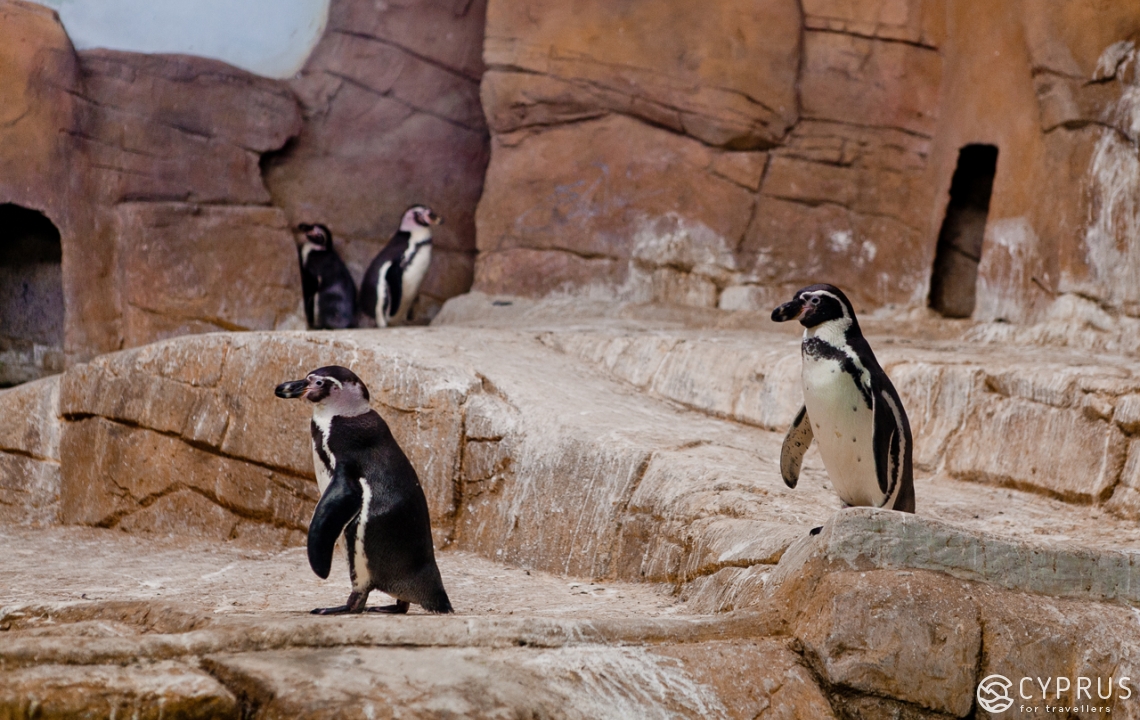
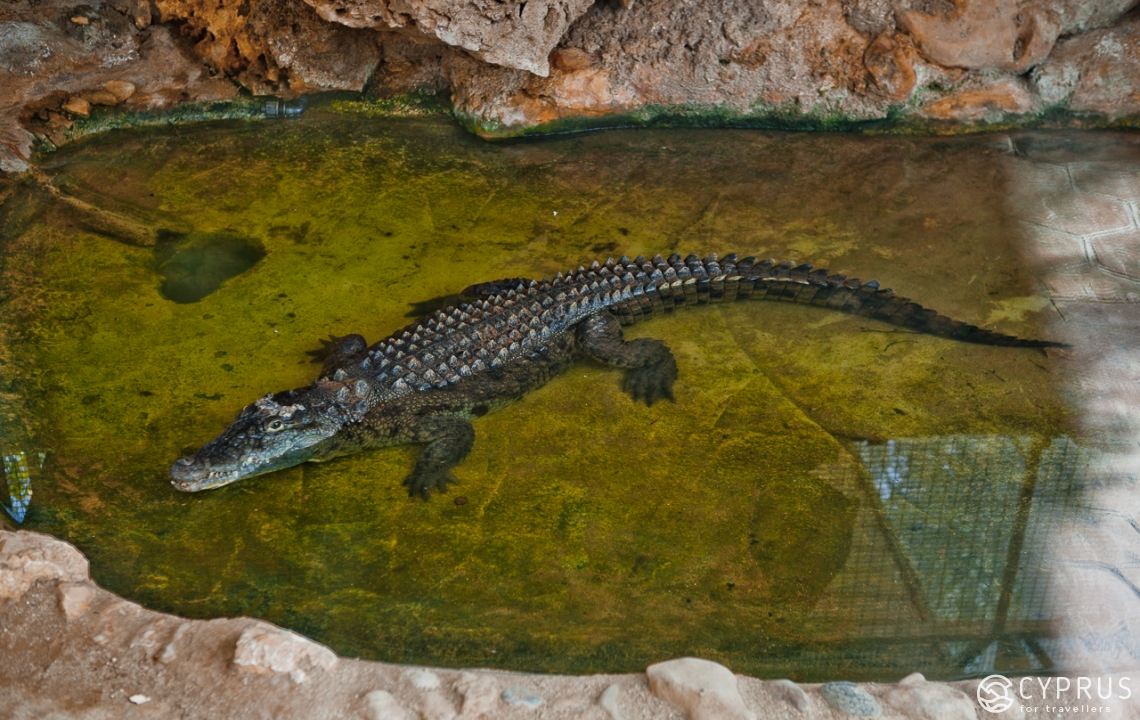
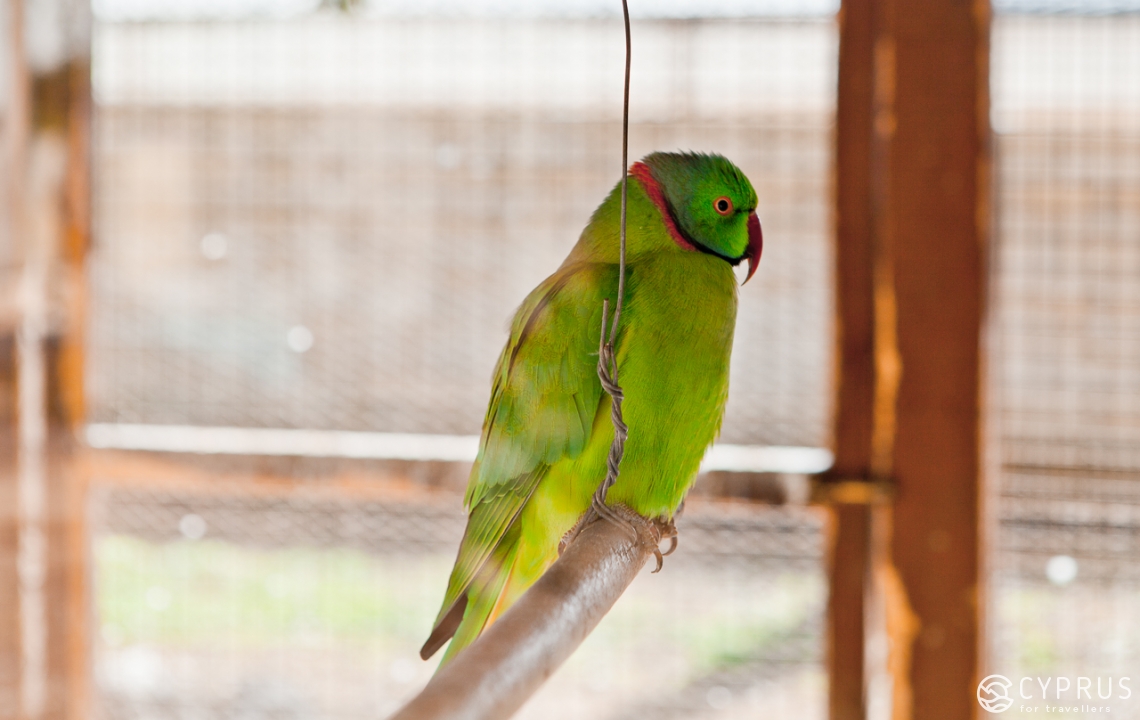
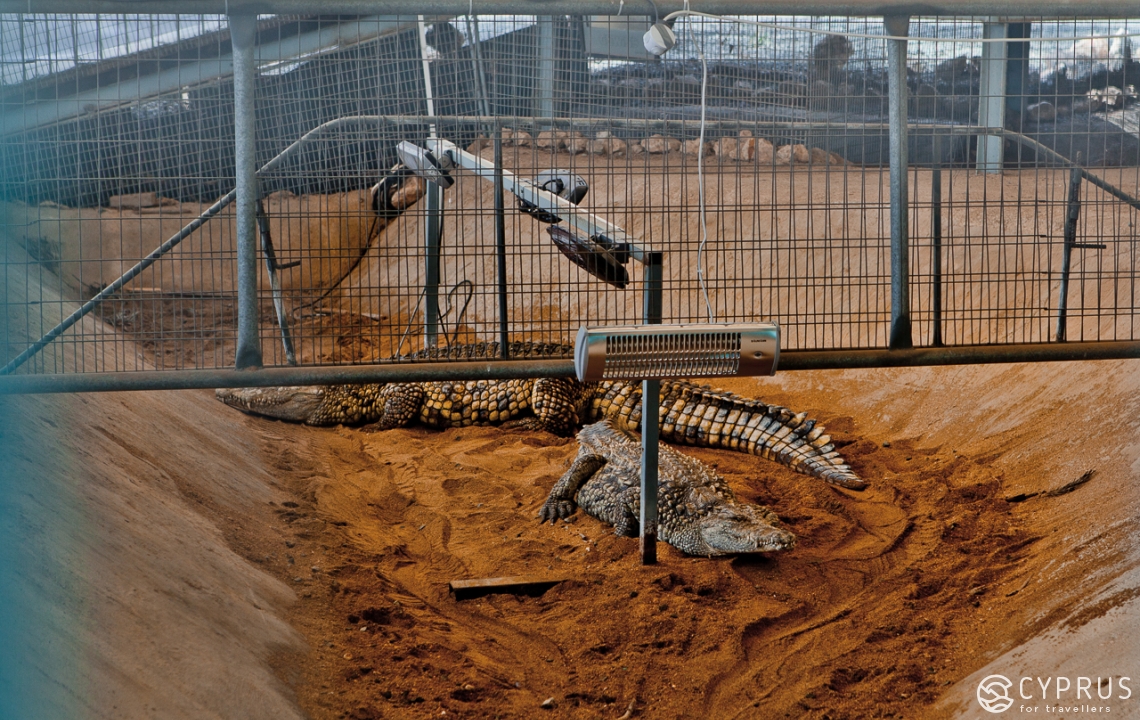
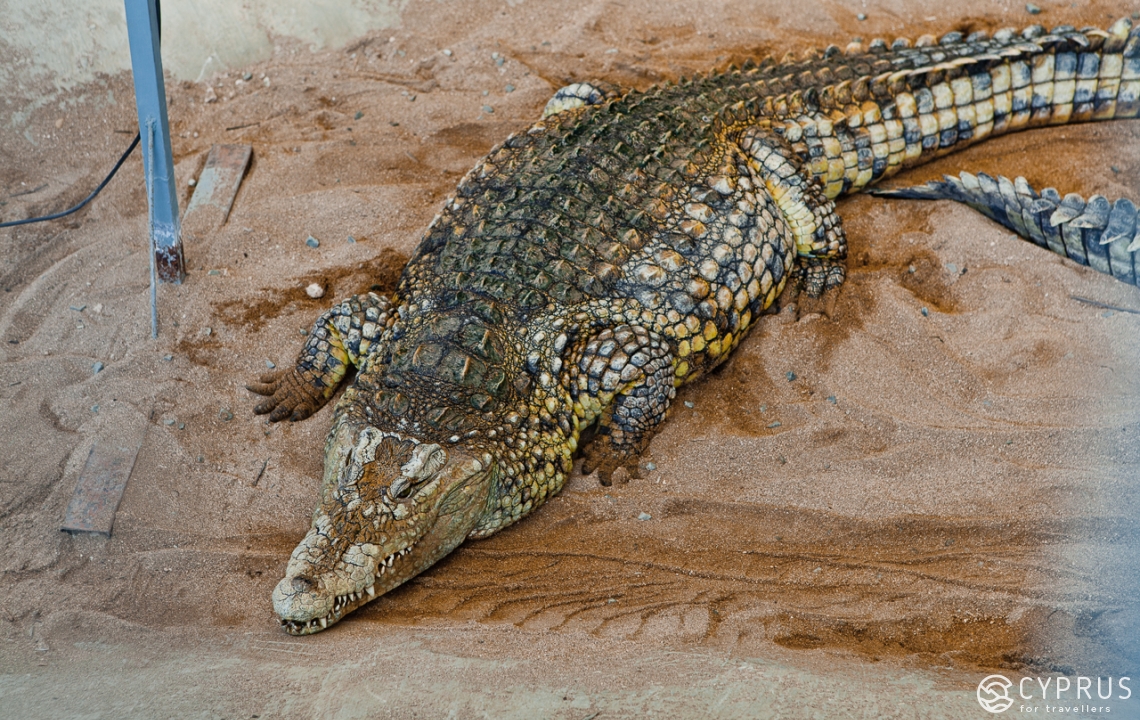
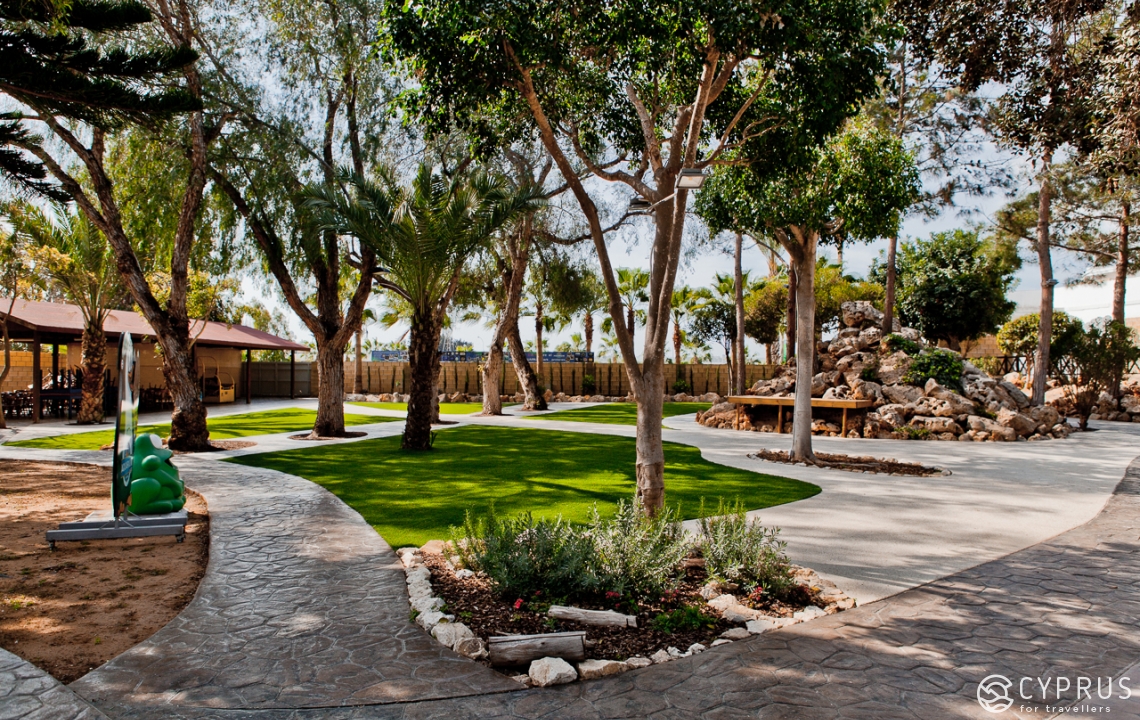
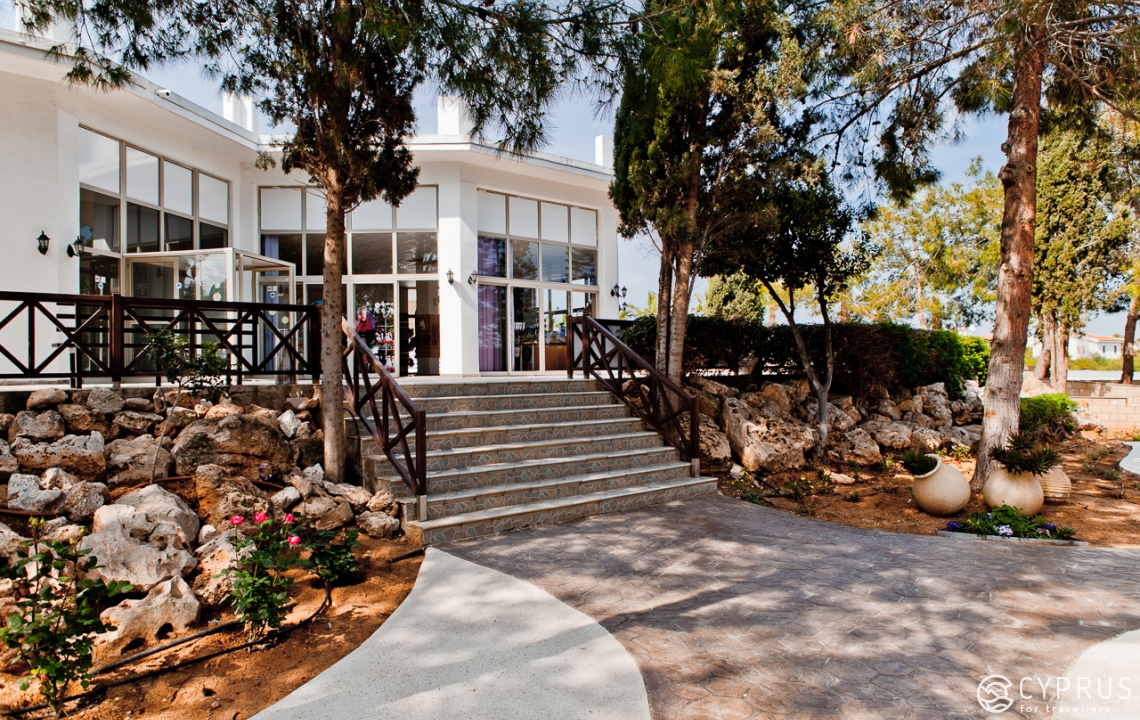
The evening is setting in and a light breeze once again calls upon us to relax on a deckchair and enjoy the fading sun while looking into calm of the Mediterranean to reflect on all we learned about it today.
Kapparis Beach
It is to the north of the main territory of Protaras in a region sharing the very same name, Kapparis. It is also known as being the training beach for the Police Rapid Response Unit (MMAD), whose centre is nearby. Strictly speaking, Kapparis Beach is made up of several small lagoons and three well-kept beaches (Ayia Triada, the bay of the Malama Holiday Village and Kapparis Beach itself). It goes without saying that each has beautiful sand and clear blue water. It’s a very popular place both among Cypriots and tourists. The coast in this part of Cyprus is peppered with small coves, where the water is clean and heats up nicely in the sun thanks to being protected from strong mountain winds. The sea in these coves is reasonably shallow and stays that way even if you go relatively far out, which means they are ideal for a day at the seaside with small children.
However, snorkelling fans shouldn’t despair: there is plenty to see and explore in the rocky coastal caves and cliffs. Look out for the shoals of small fish, small crabs and even sea urchins and other arthropods.
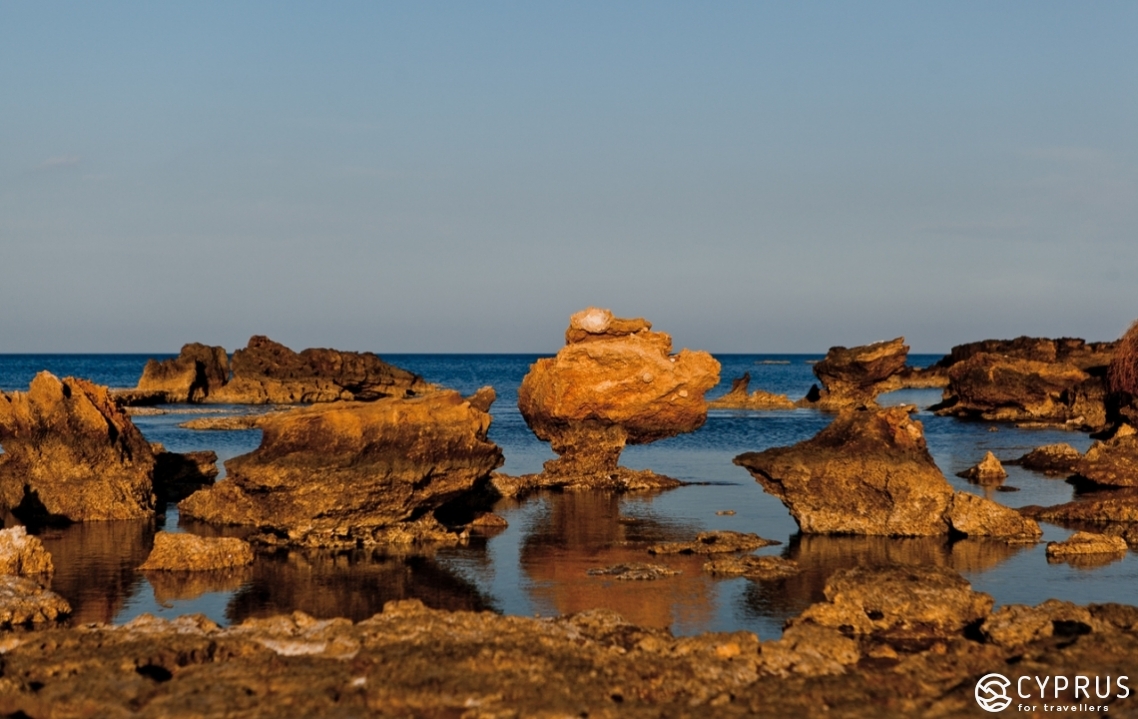
This is also a Blue Flag beach with sun loungers and parasols, toilets, and changing rooms. There are also lifeguards on duty.
It’s possible to rent apartments, cottages, or find hotel rooms for all tastes and budgets all year round in both the surrounding area and the town centre of Kapparis.
If you decide to holiday with your pet, there is a choice of rental accommodation that is animal friendly. Incidentally, there is a special beach for animals near Kapparis Beach. It’s a lovely sandy beach with shallow water for you to enjoy with you four-legged friend.
There are family-friendly hotels such as the Malama Beach Holiday Village with beaches where you can rent boats and kayaks, jet skis, and water trampolines (for example, Kapparis WaterFun), go water skiing or parasailing.
For those who prefer something a little more relaxing on the water, there is always the chance to go on a cruise along the coast. The trip includes stops for swimming and fishing, lunch on board, and the opportunity to take binoculars or a telescope and enjoy the view of the coast of Famagusta which has been left uninhabited for many years. There are lifeguards on all the town beaches, sun loungers and parasols are available for hire, and there is free Wi-Fi.
Die-hard travellers might find it interesting to know that Kapparis Street (the main road along the sea linking it to the tourist centre and leading to the Protaras – Ayia Napa motorway) is the place in the area where taverns, restaurants and cafes, and mini-kiosks are open all year round. There are cycle paths along the main roads in the region, where you’ll see all kinds of cyclers: pros doing intense fitness training alongside the regular healthy lifestyle fans from all over the world.
Late evening settled over the town and the local taverns and restaurants were lit up, full of people with the sound of music and lively voices spilling onto the street. The clientele is varied: some are with their friends at the bar, some have taken their kids to the tavern that has a playground, and well, you’ll soon see some of these guys out on the town for a night in Ayia Napa.
Our journey is over for today. We revelled in the coast, seascape, and hills, took a trip through past and present-day Protaras, stopped in at all kinds of places and sights, and enjoyed the stunning views this region has to offer.
Our next adventure will take us through the villages of the Ammochostos region where we will learn all about their history...
How to Get There:
From Larnaca: take the А3 motorway (journey time: 50 minutes).
It’s really easy to get to Protaras from Ayia Napa by car: Drive along Protaras Cavo Greco Avenue ( for about 20 minutes) or take the 101 or 102 buses: WaterWorld – Ayia Napa – Cavo Greco – Konnos – Protaras – Pernera – Paralimni.
For more information check out: www.cyprusbybus.com or this.
Stay tuned for our next articles. We look forward to seeing you soon!
